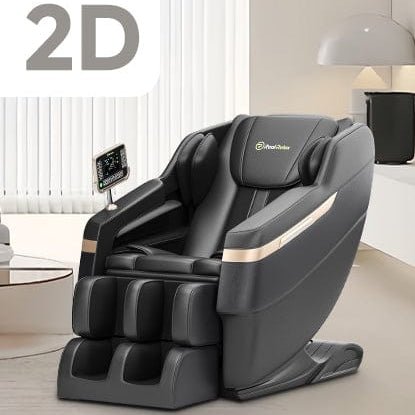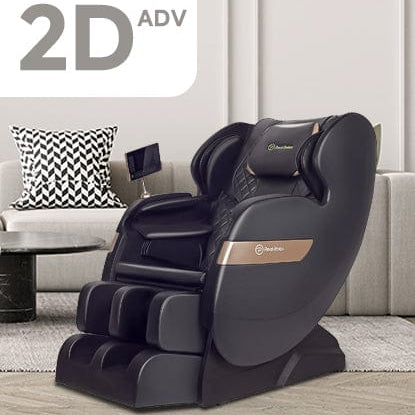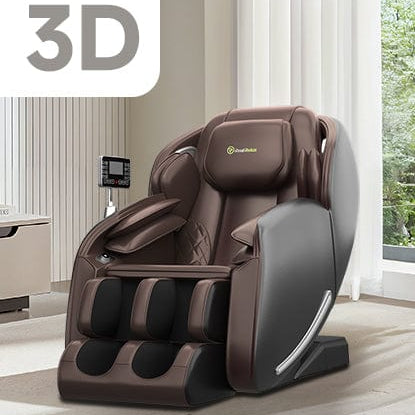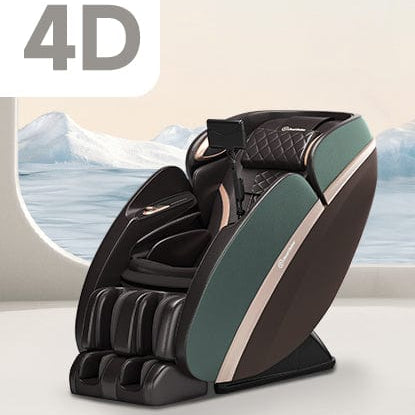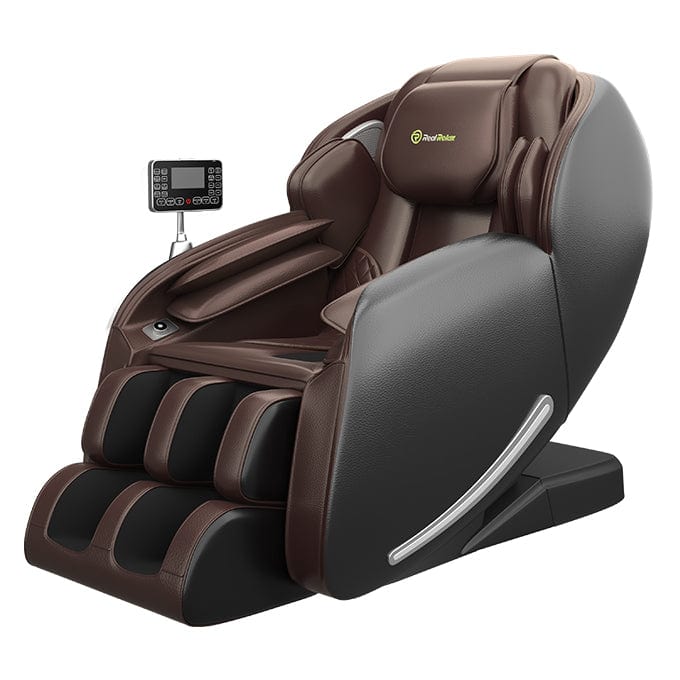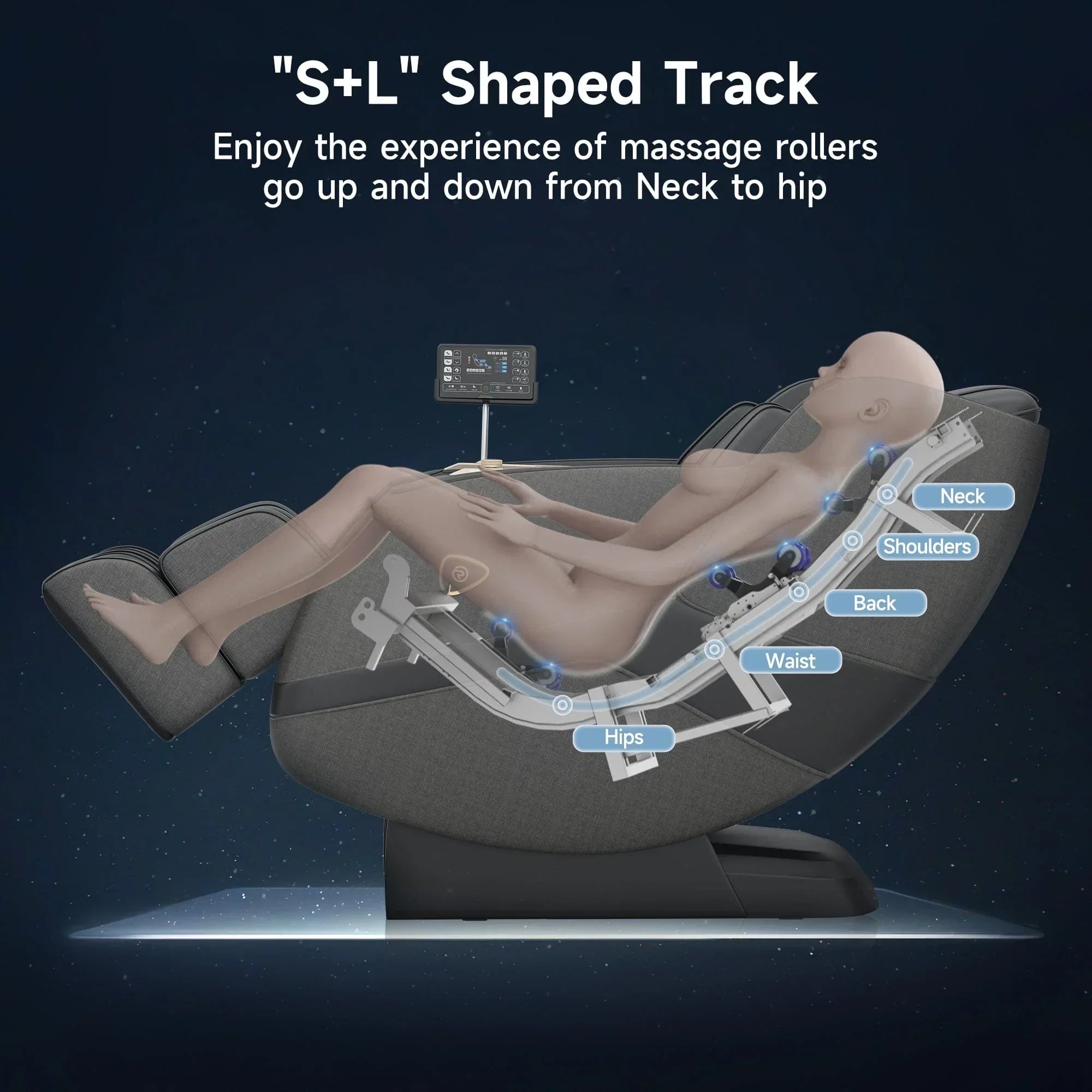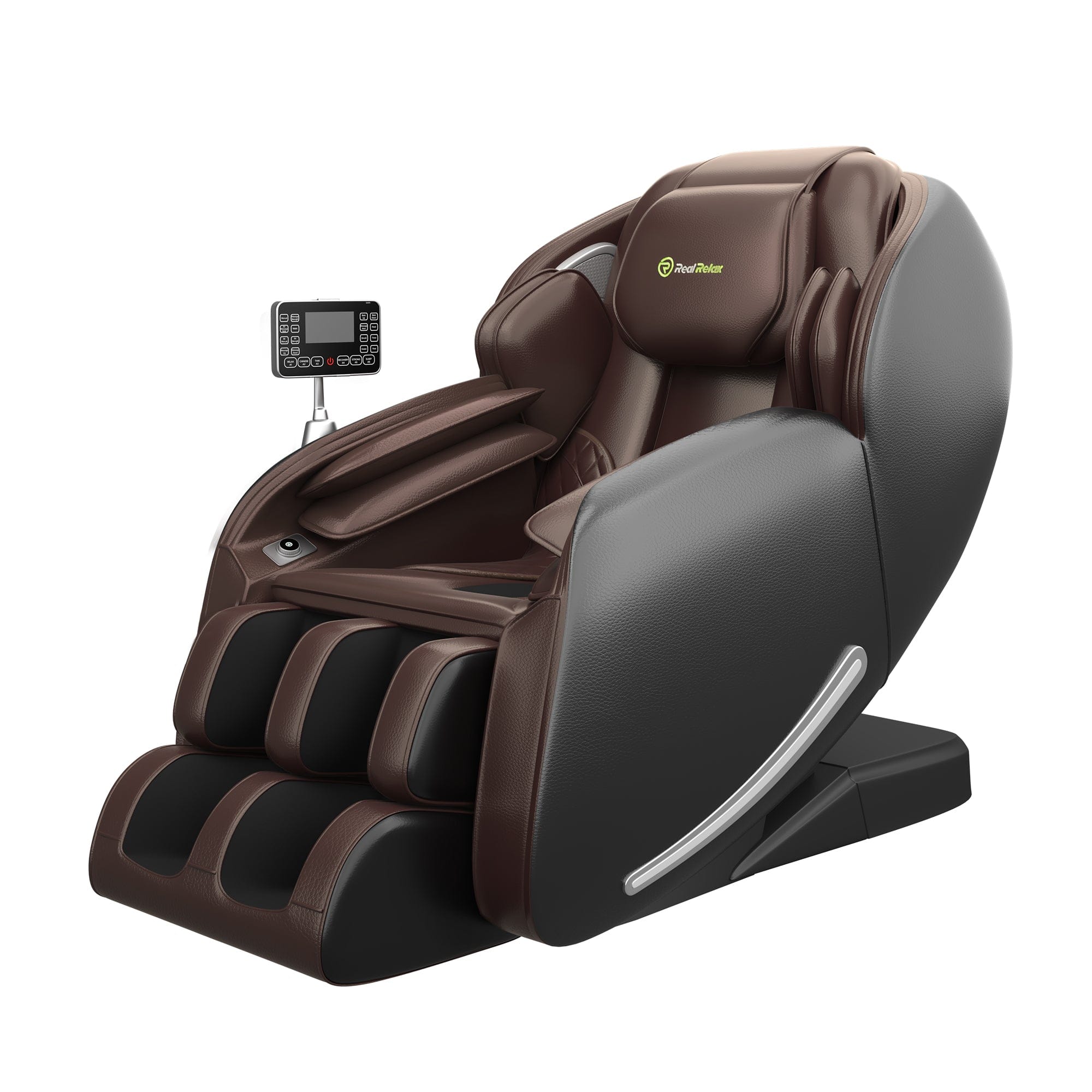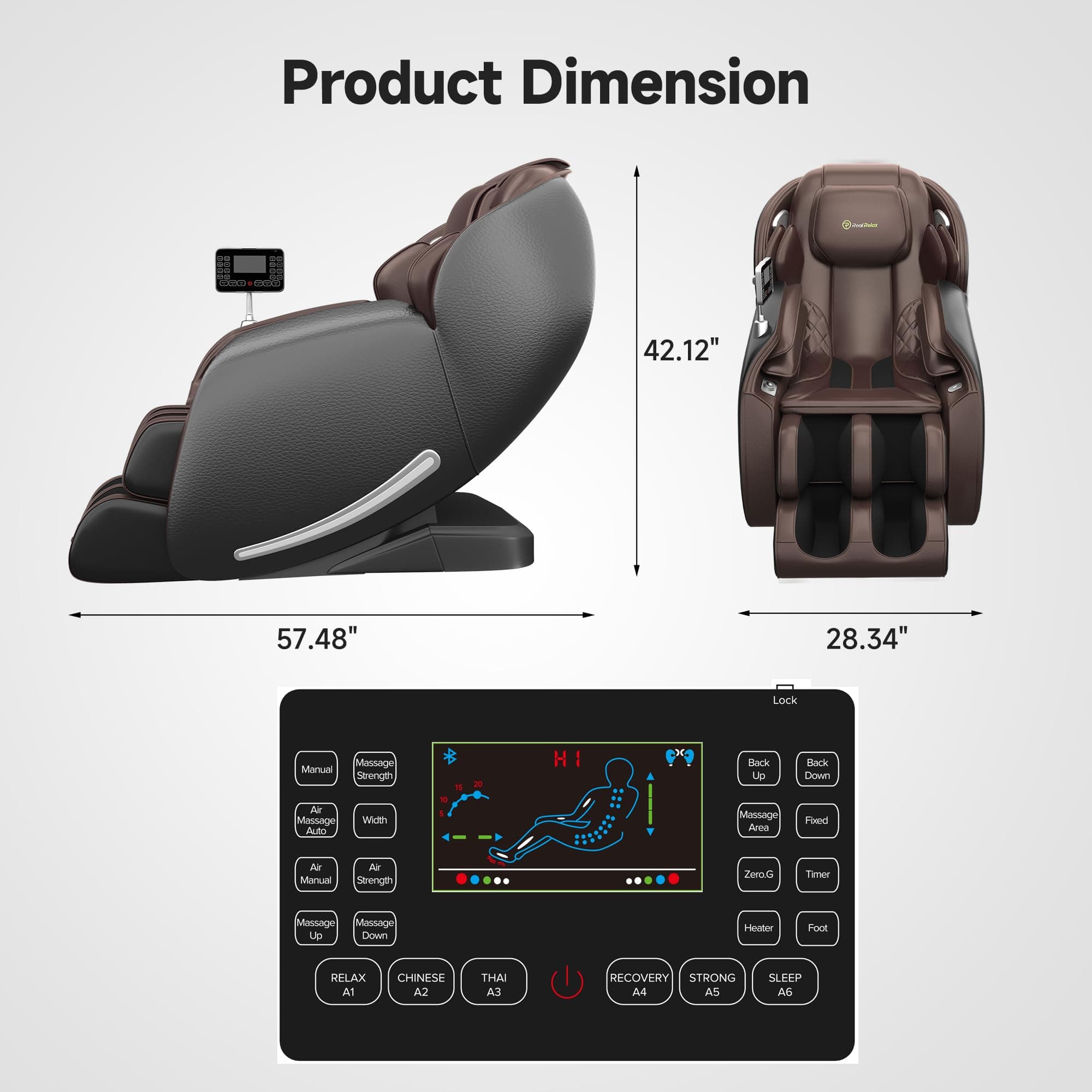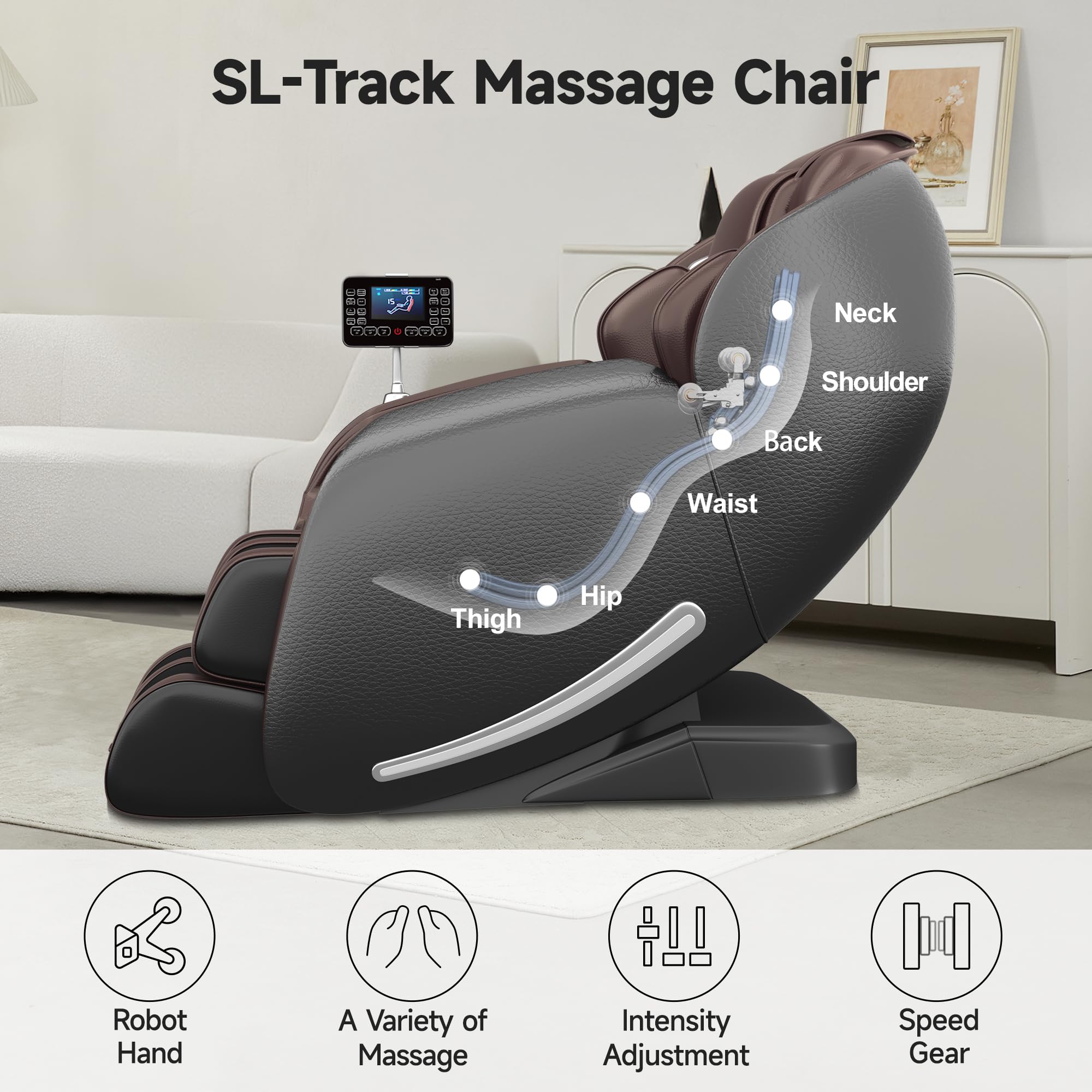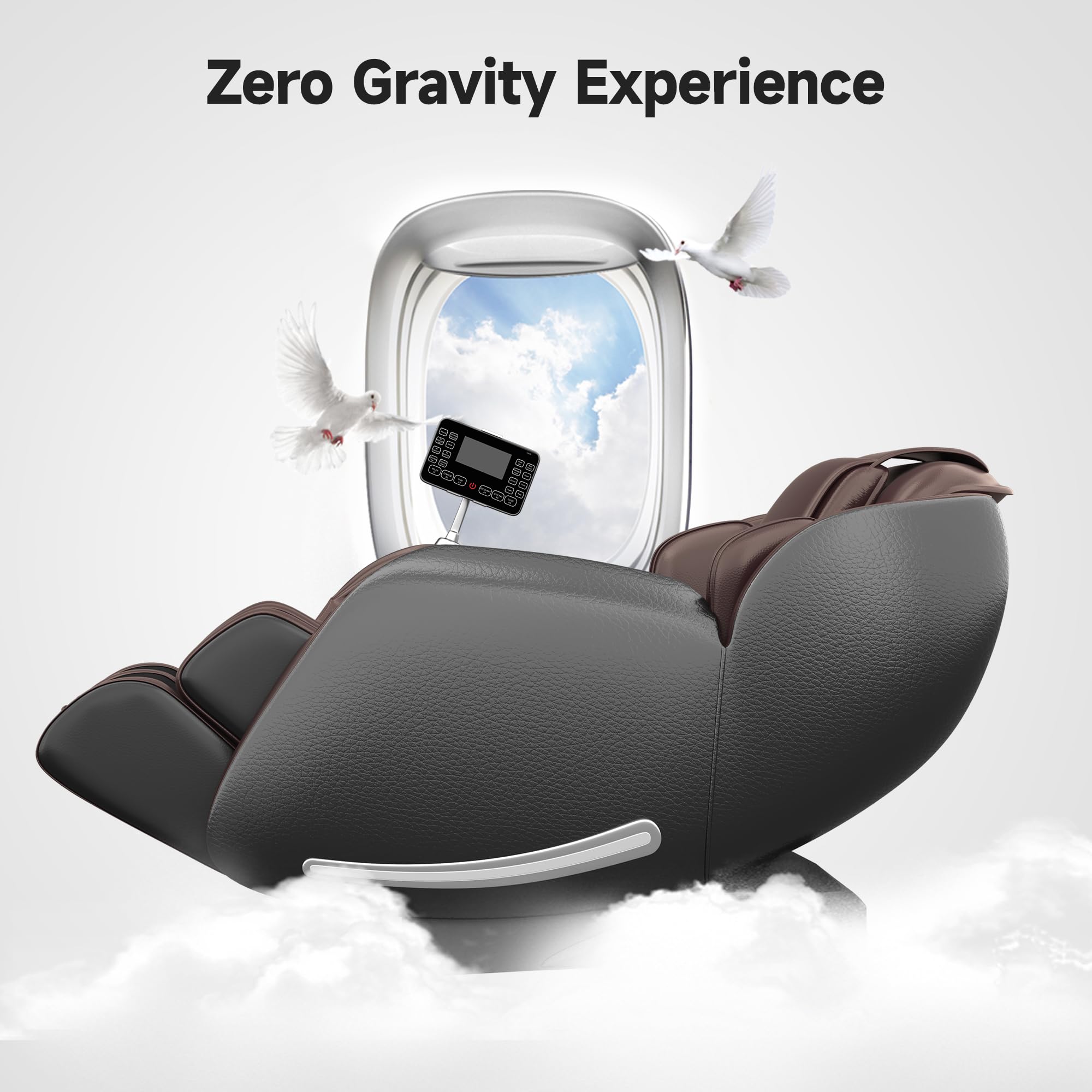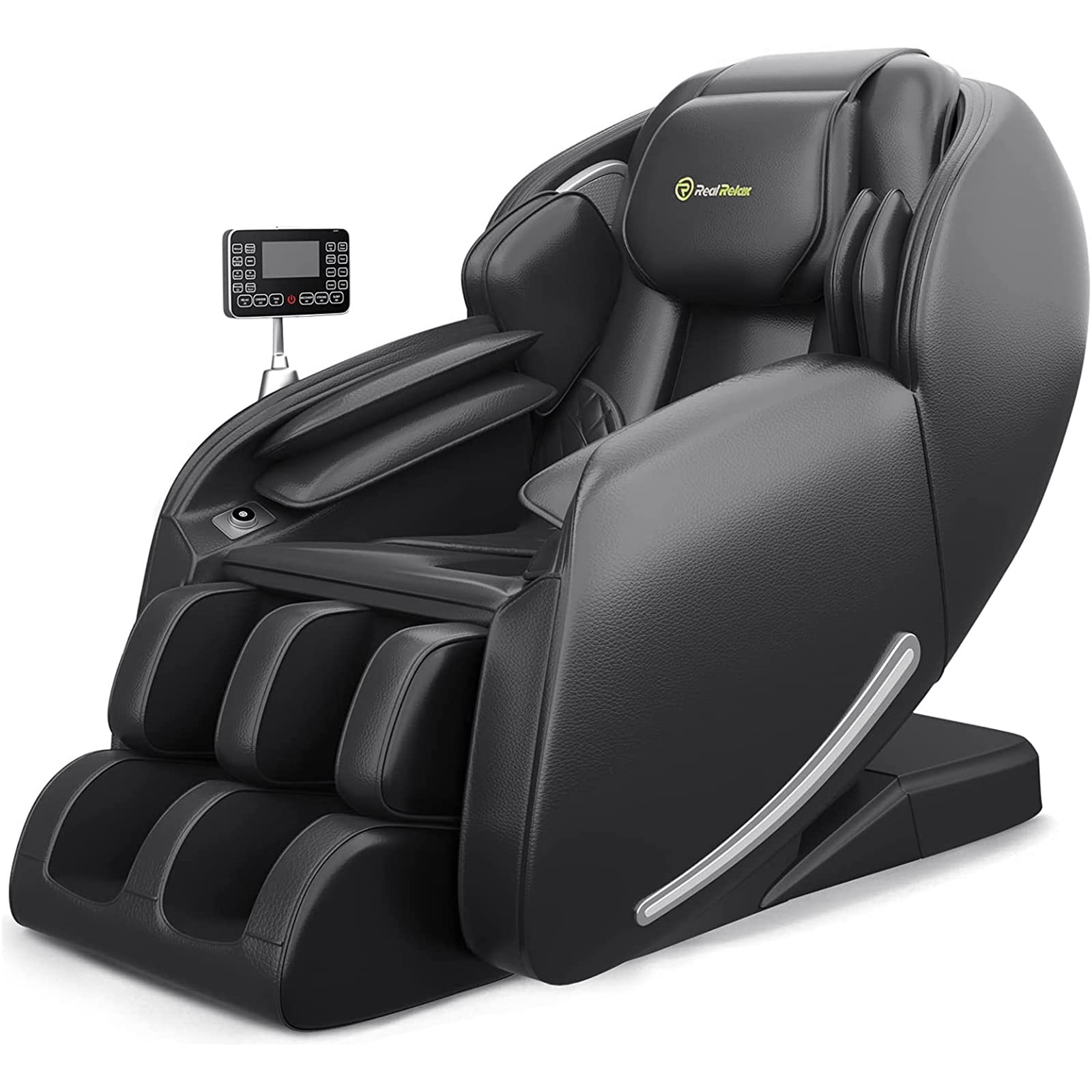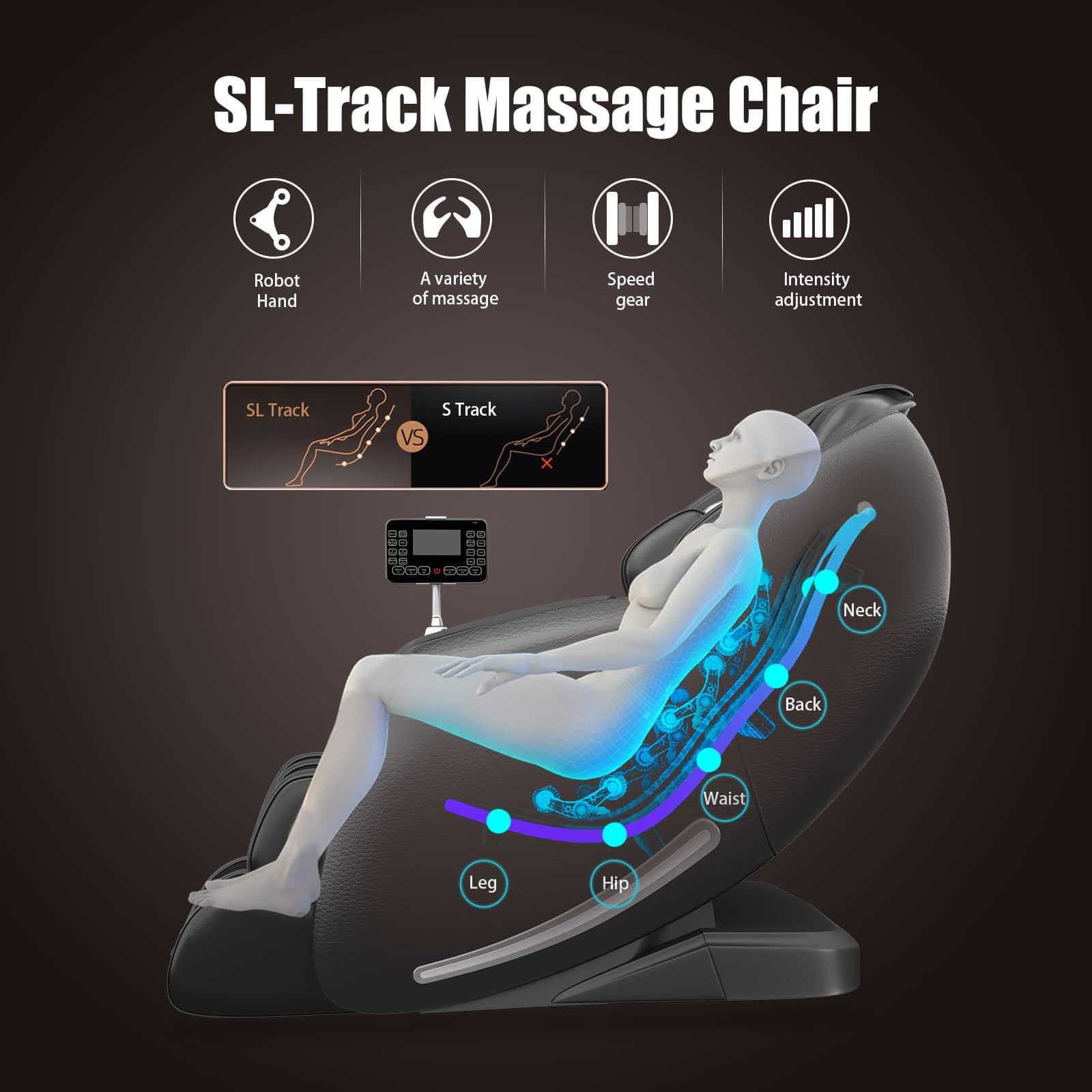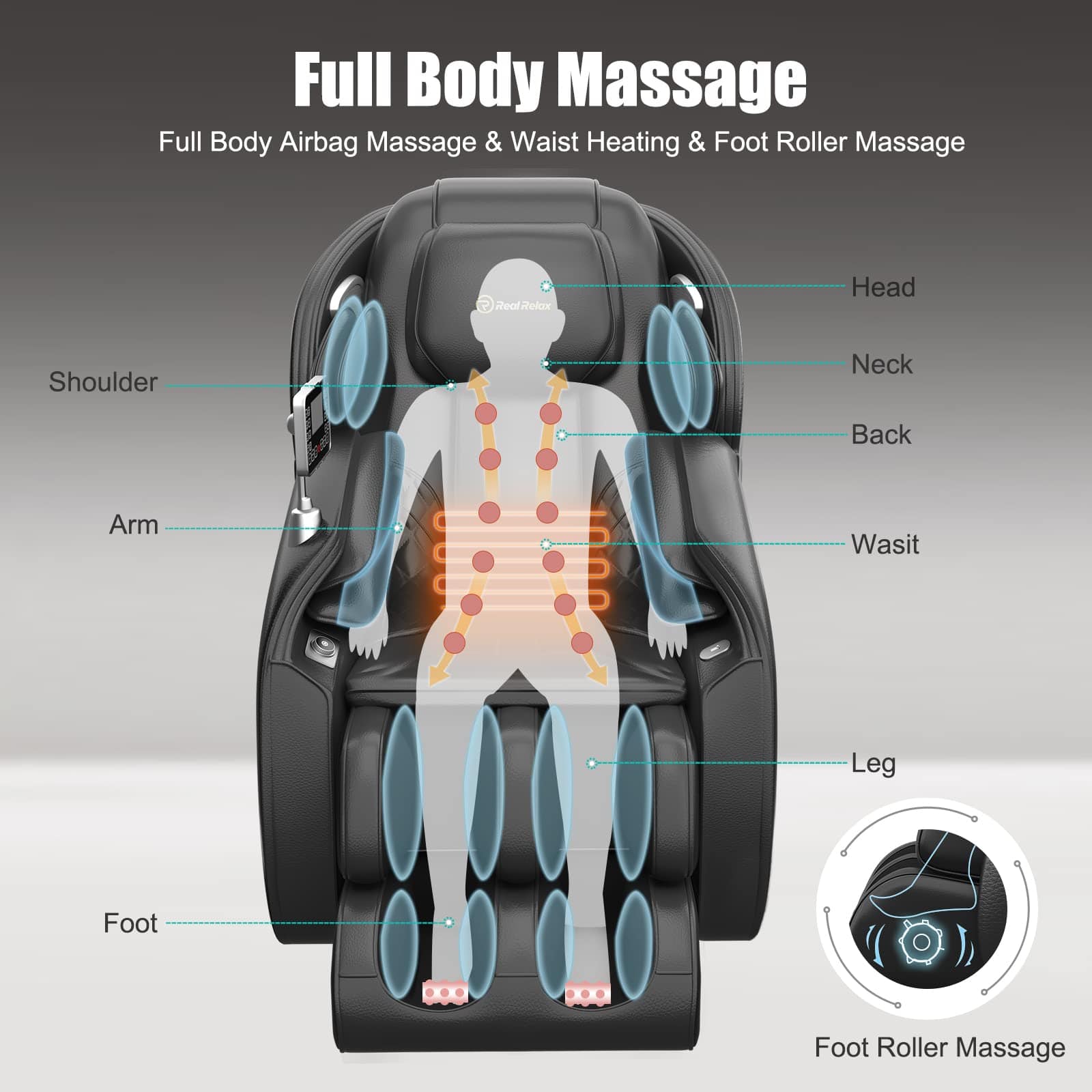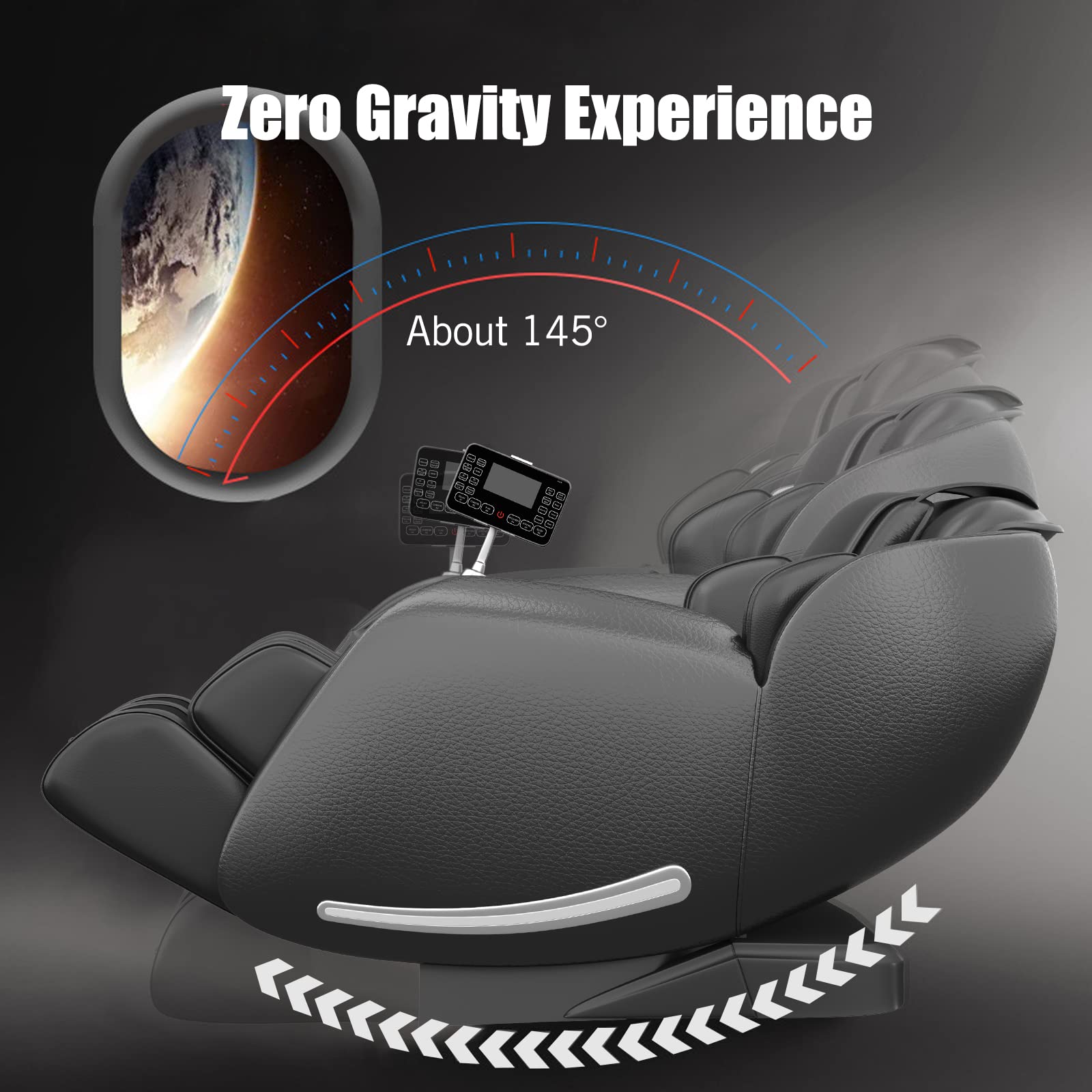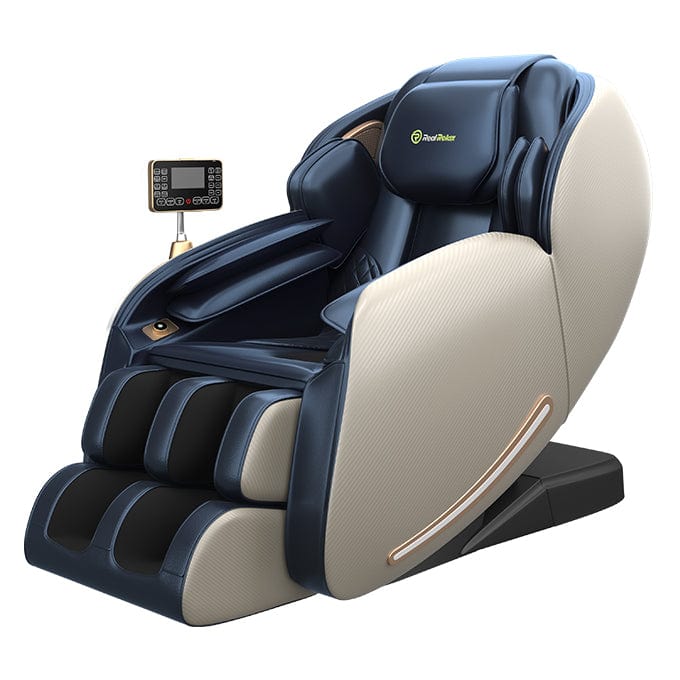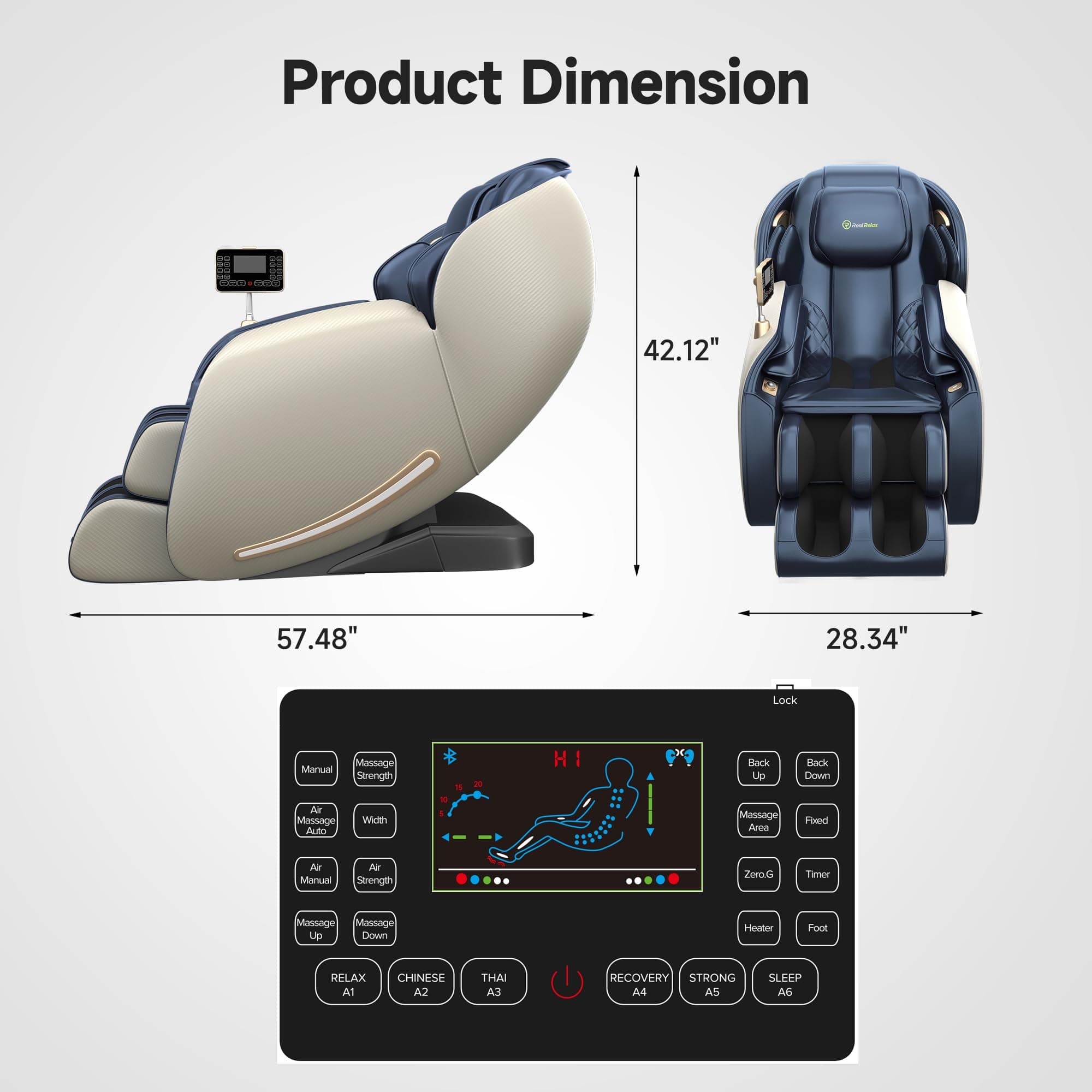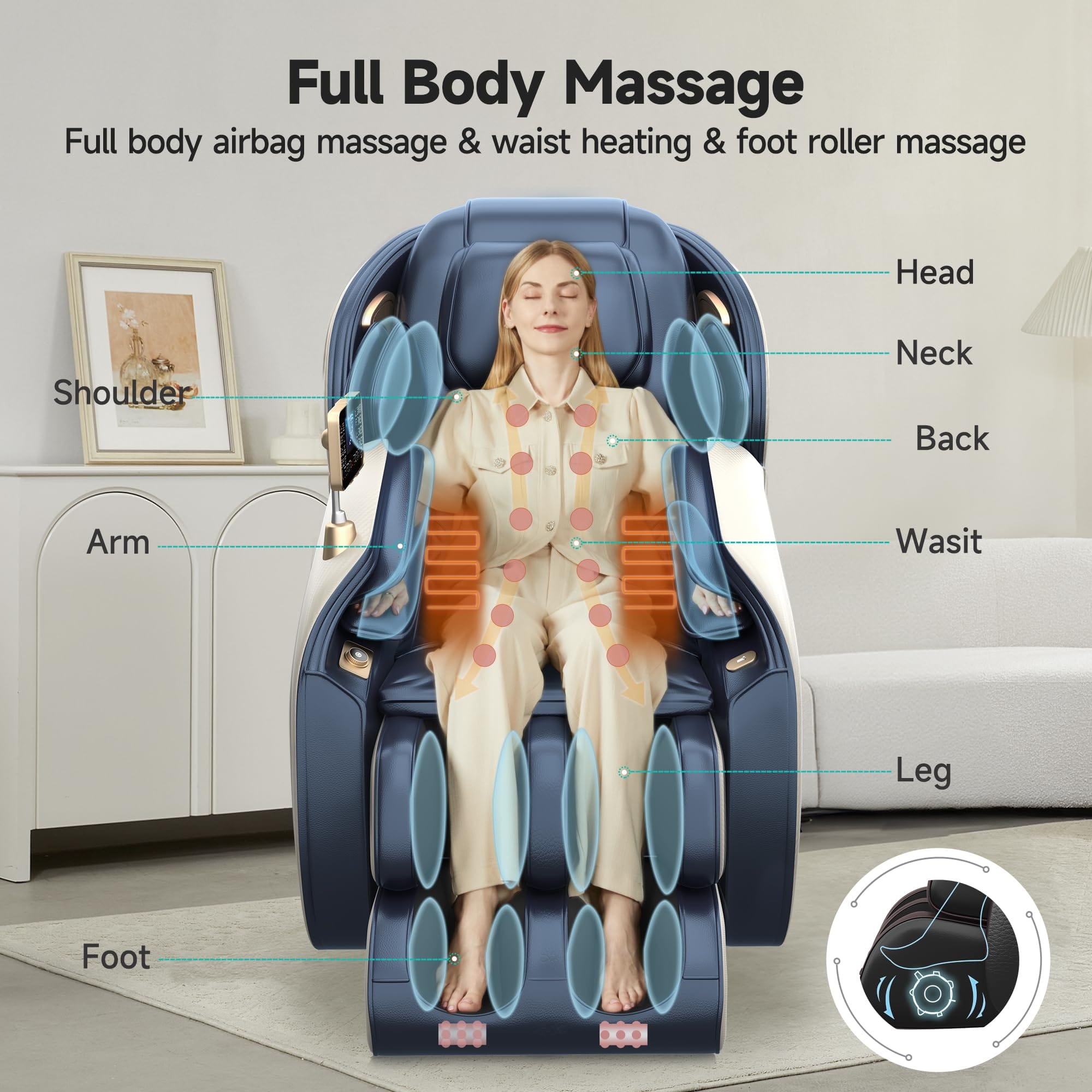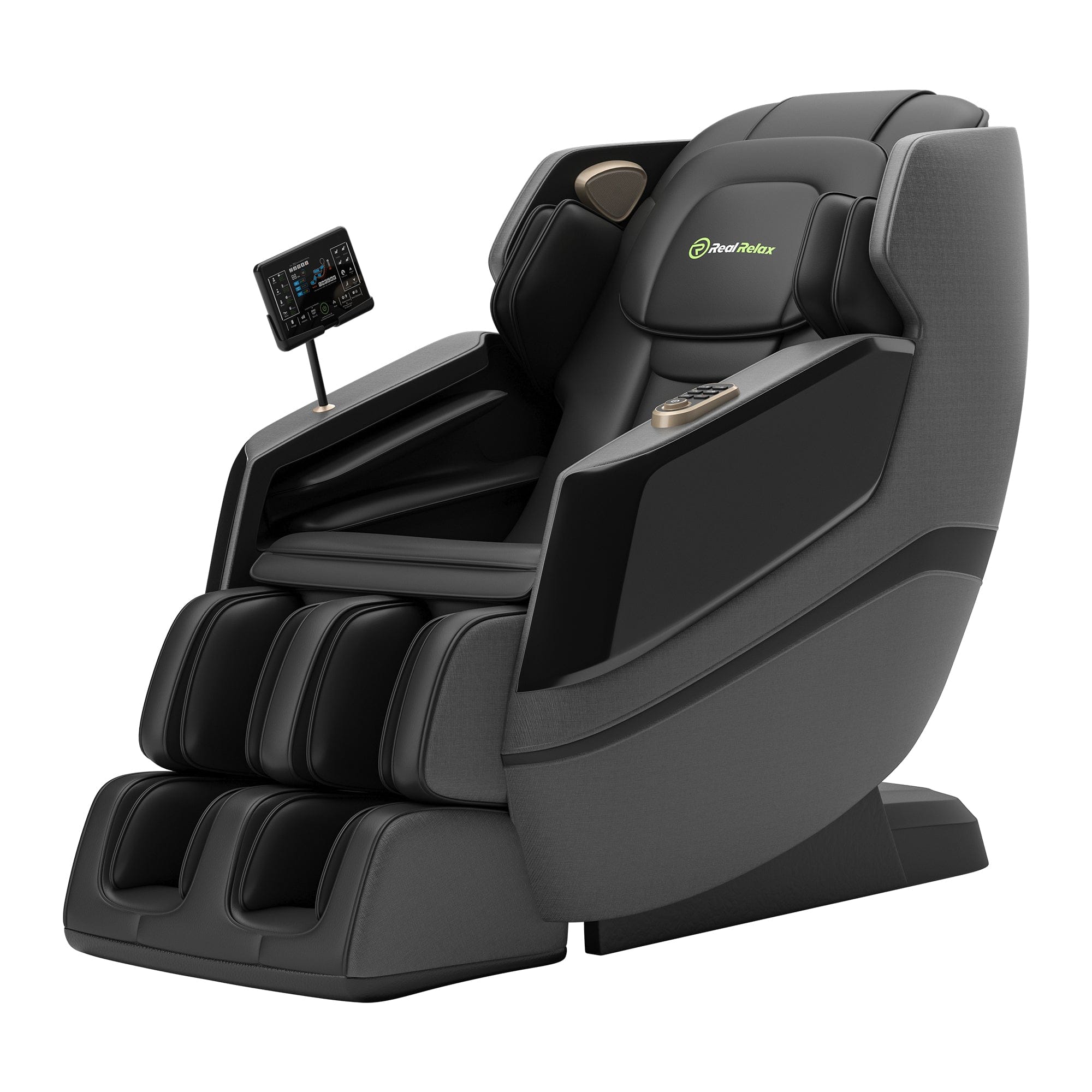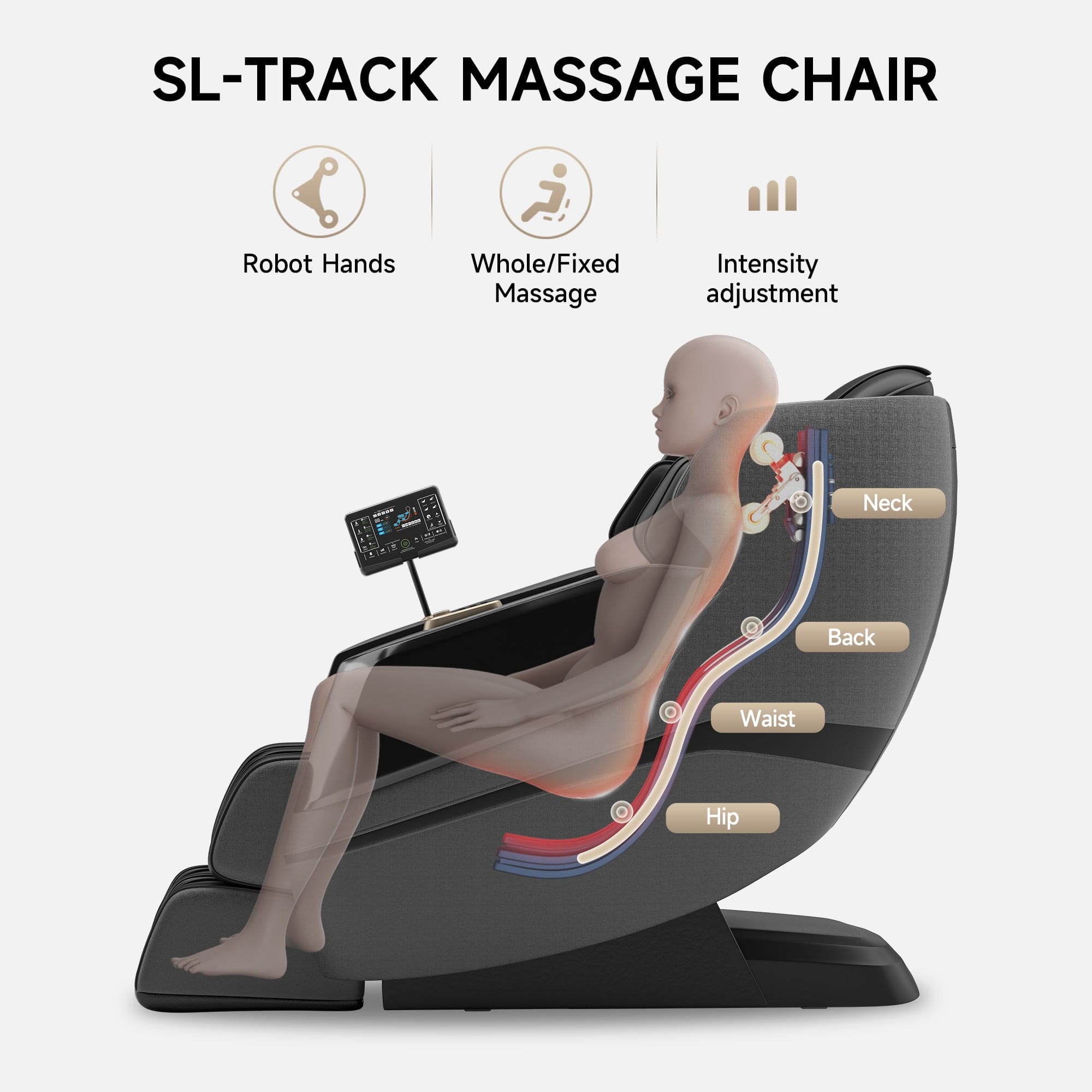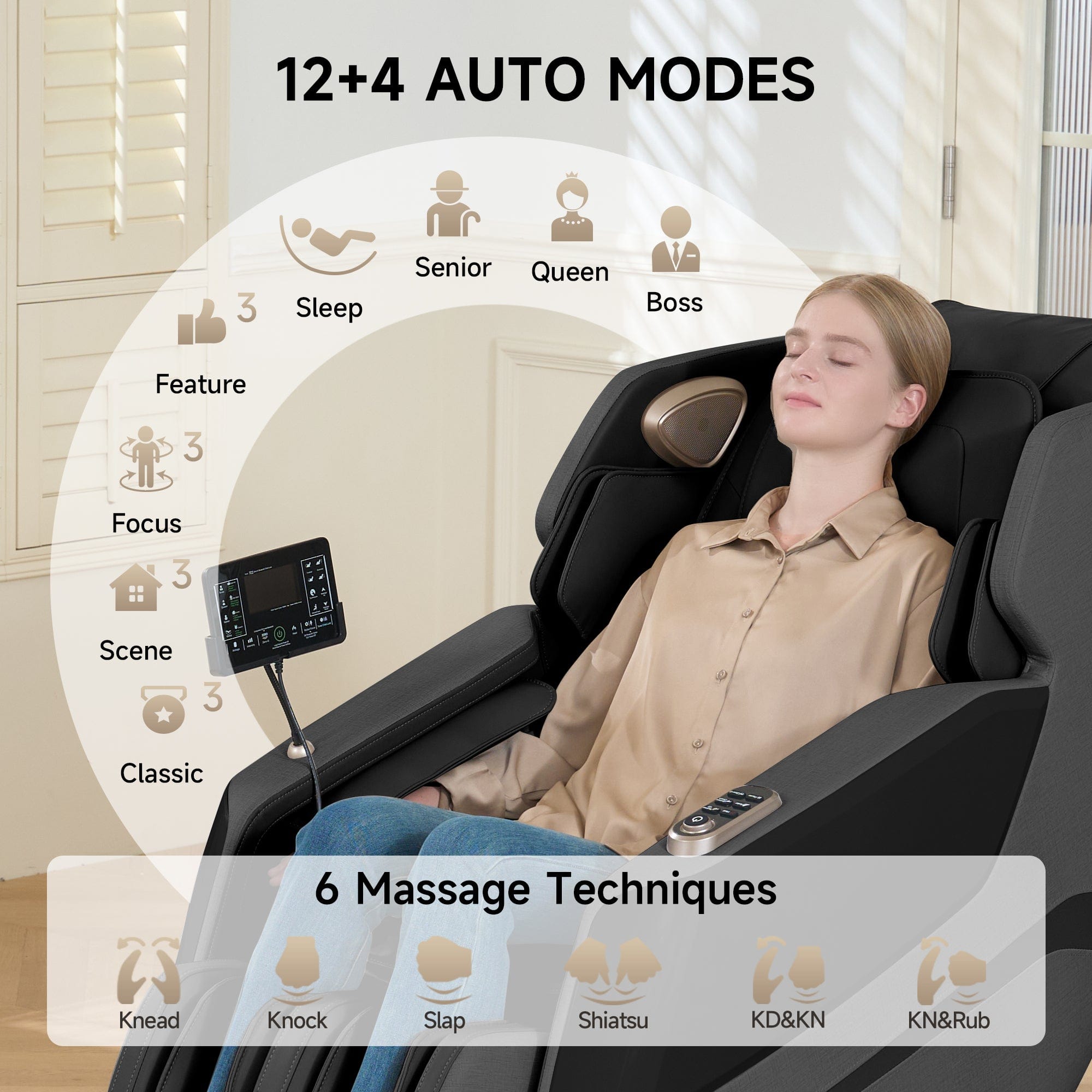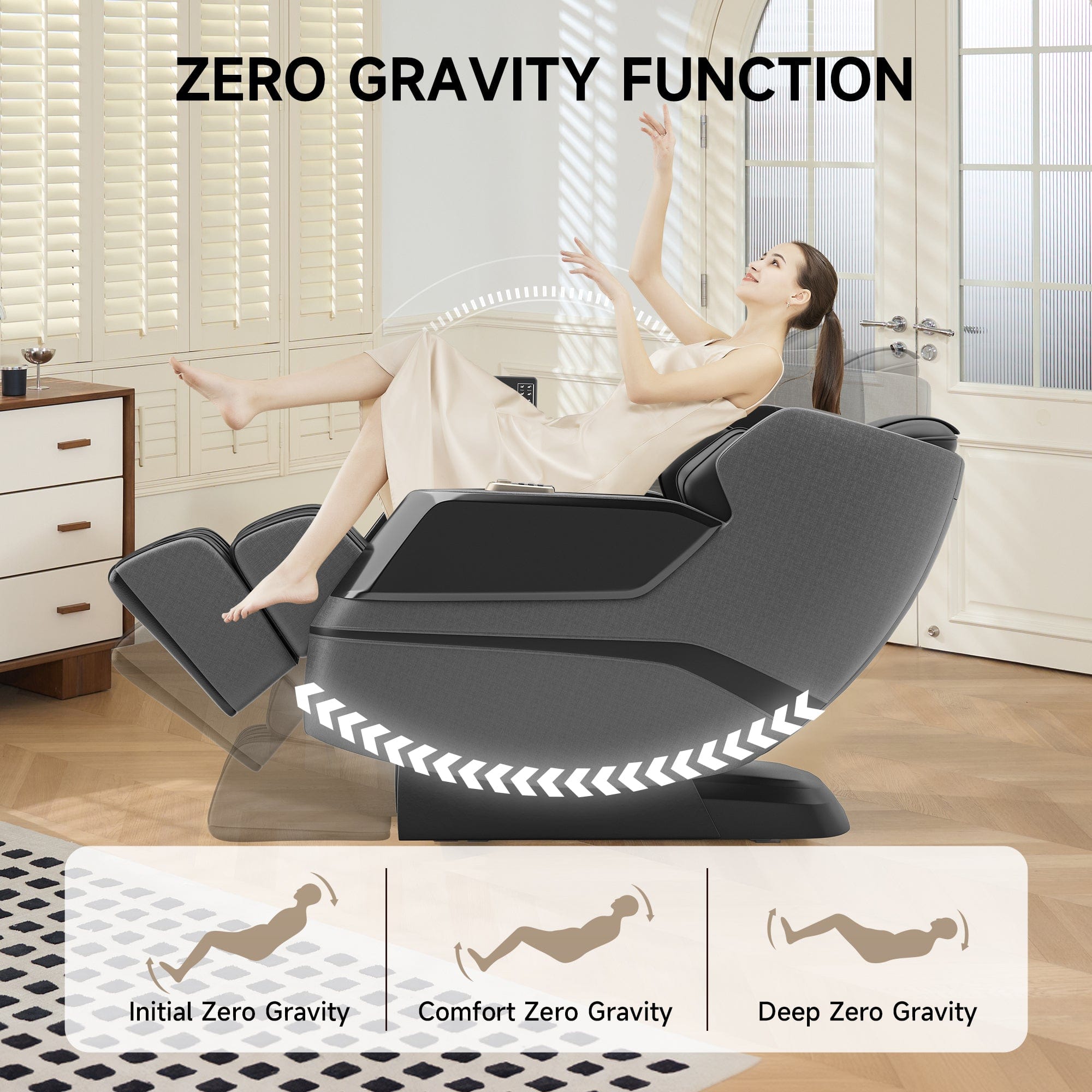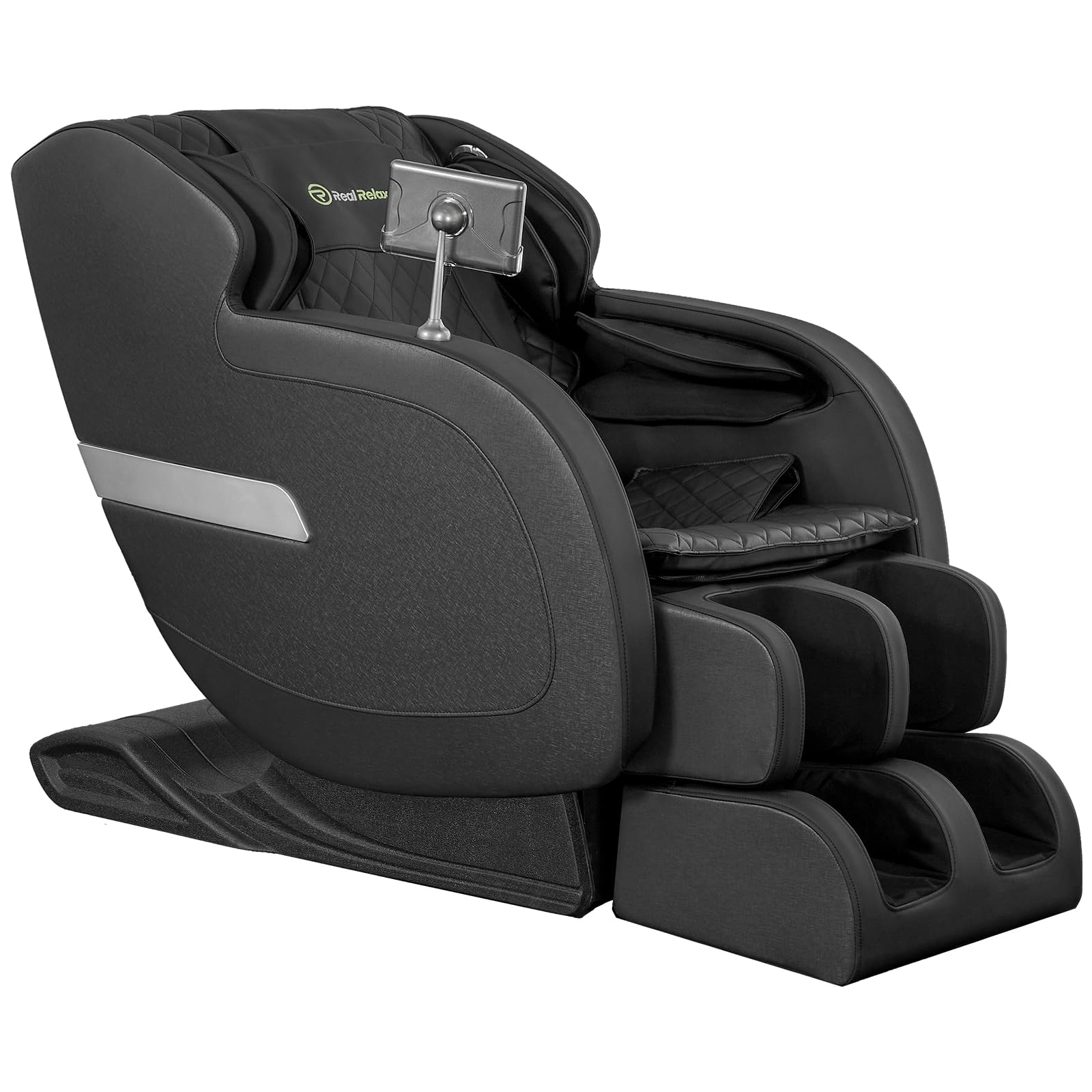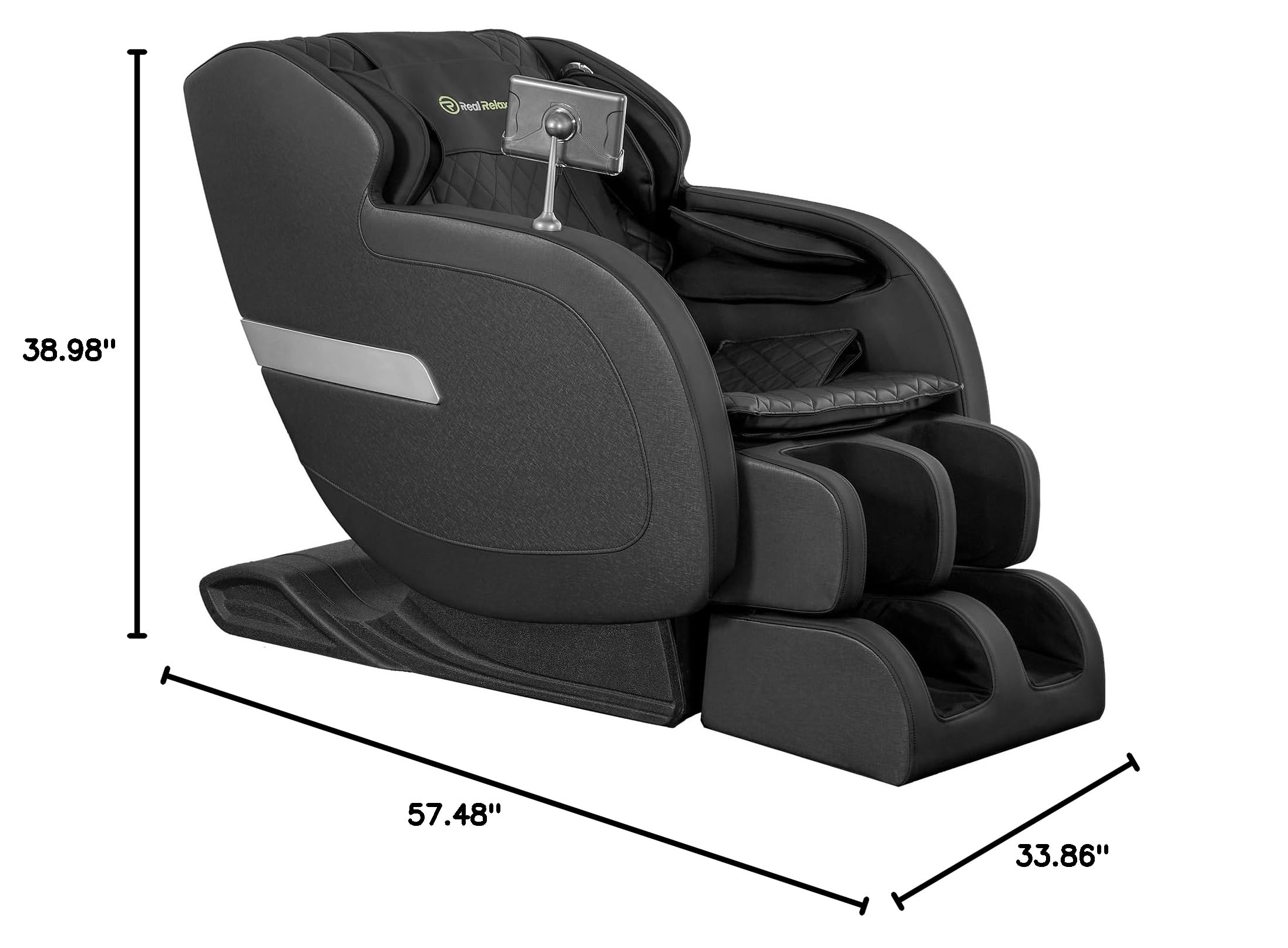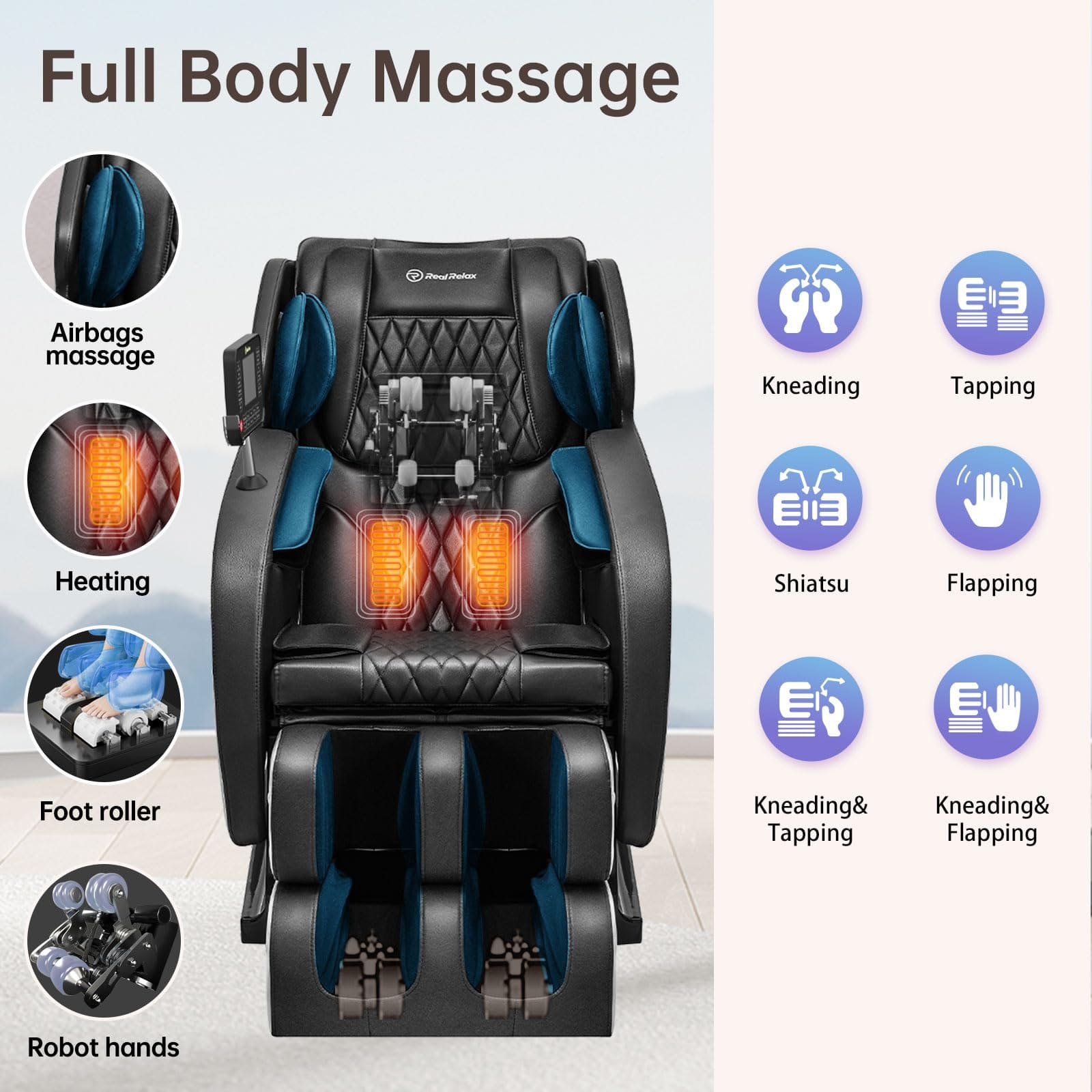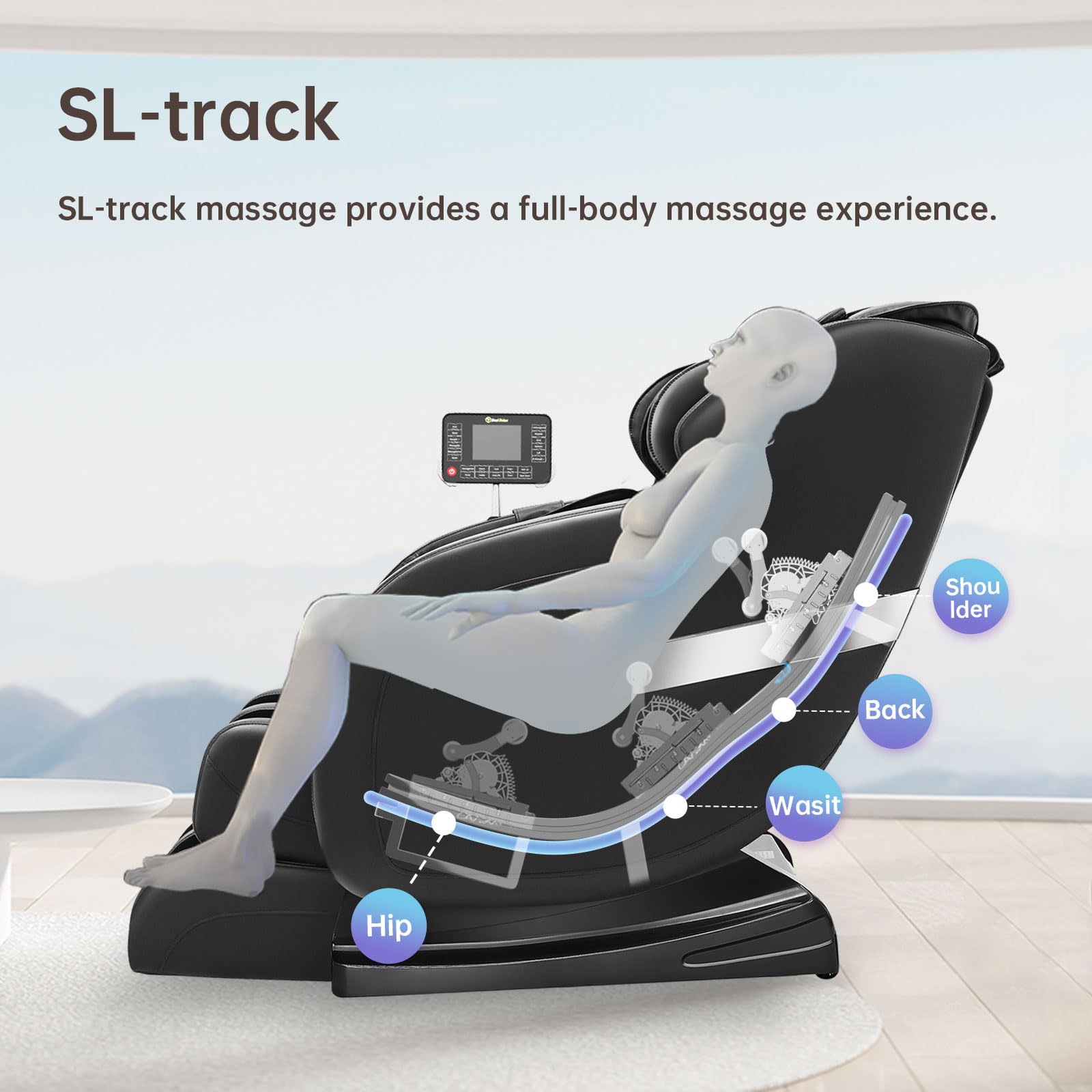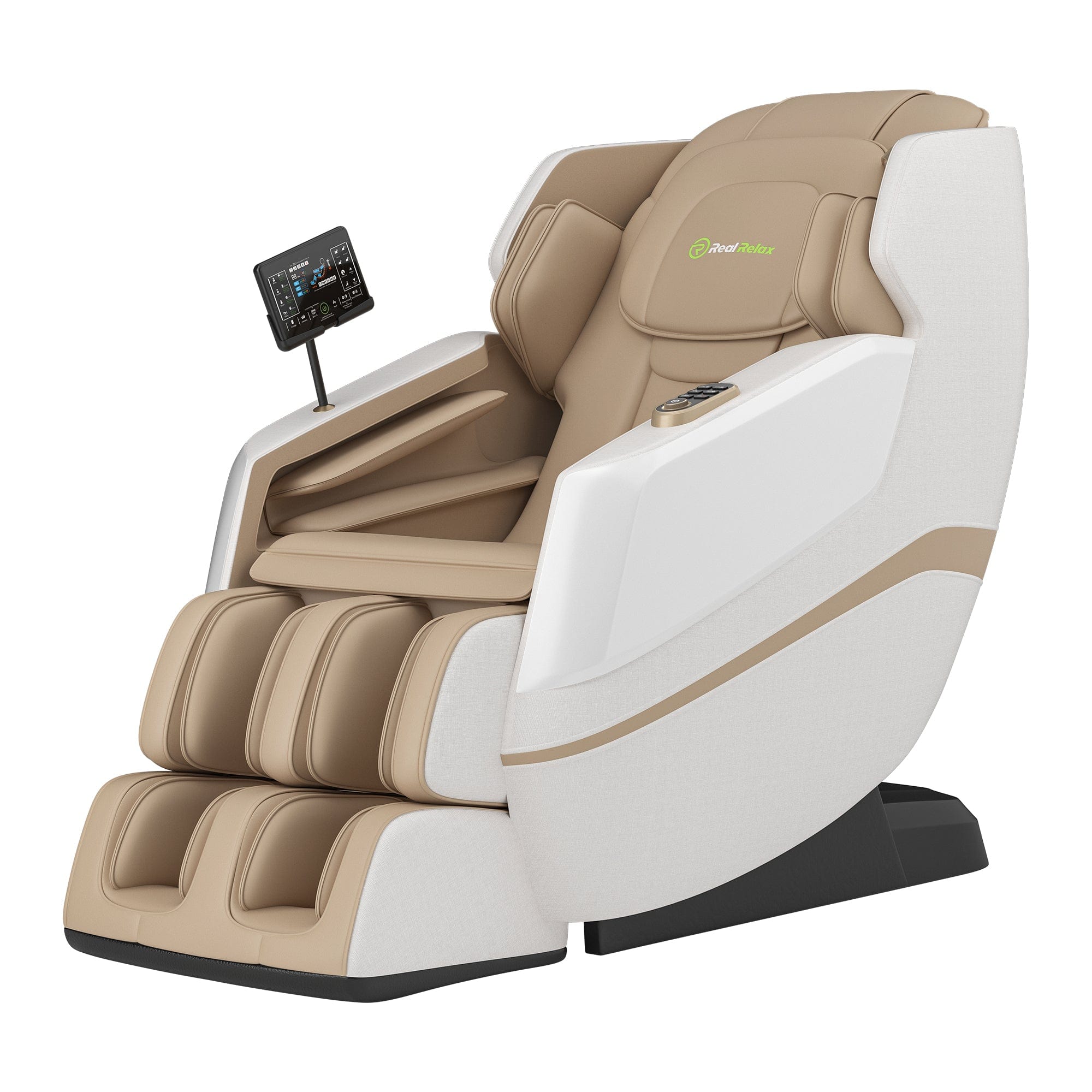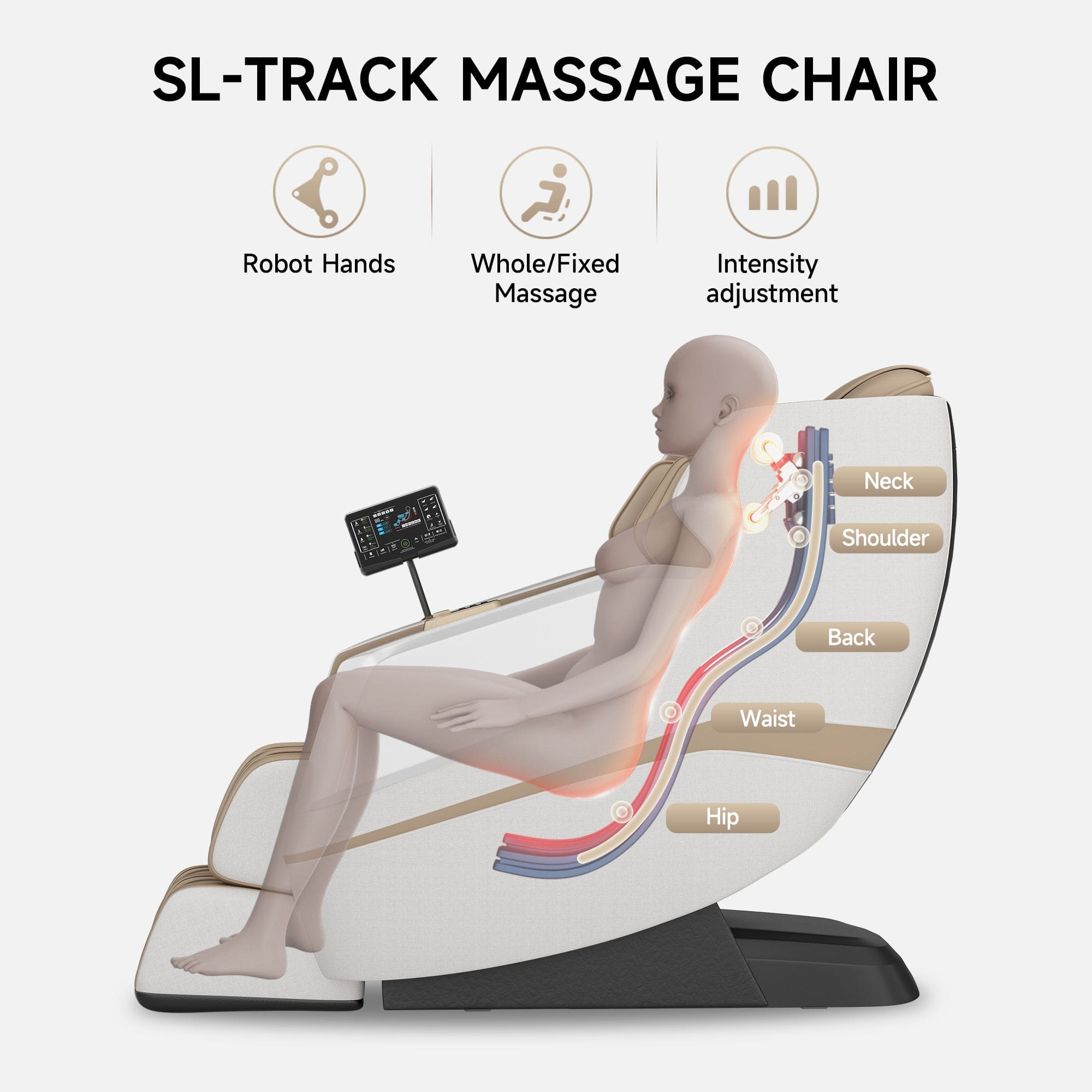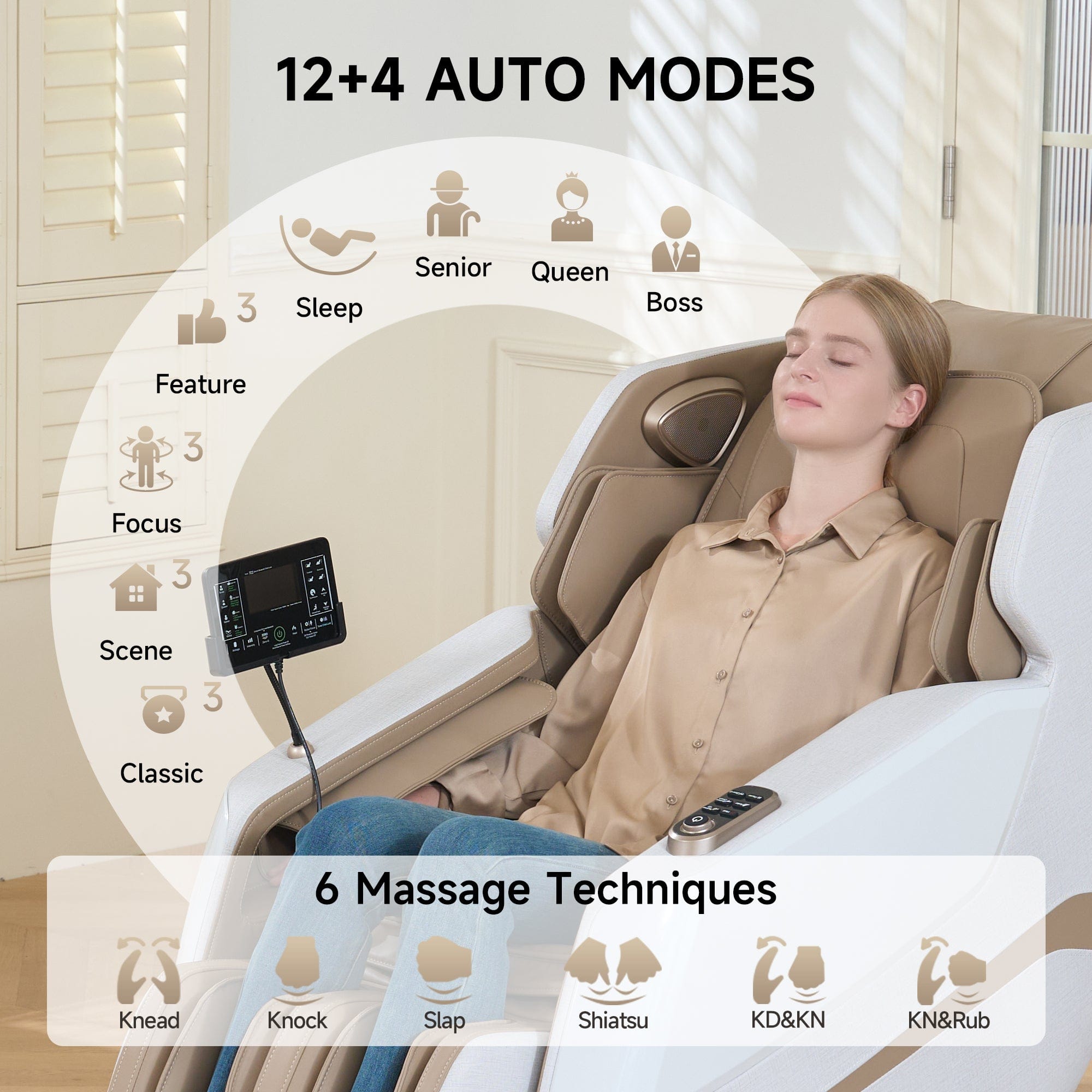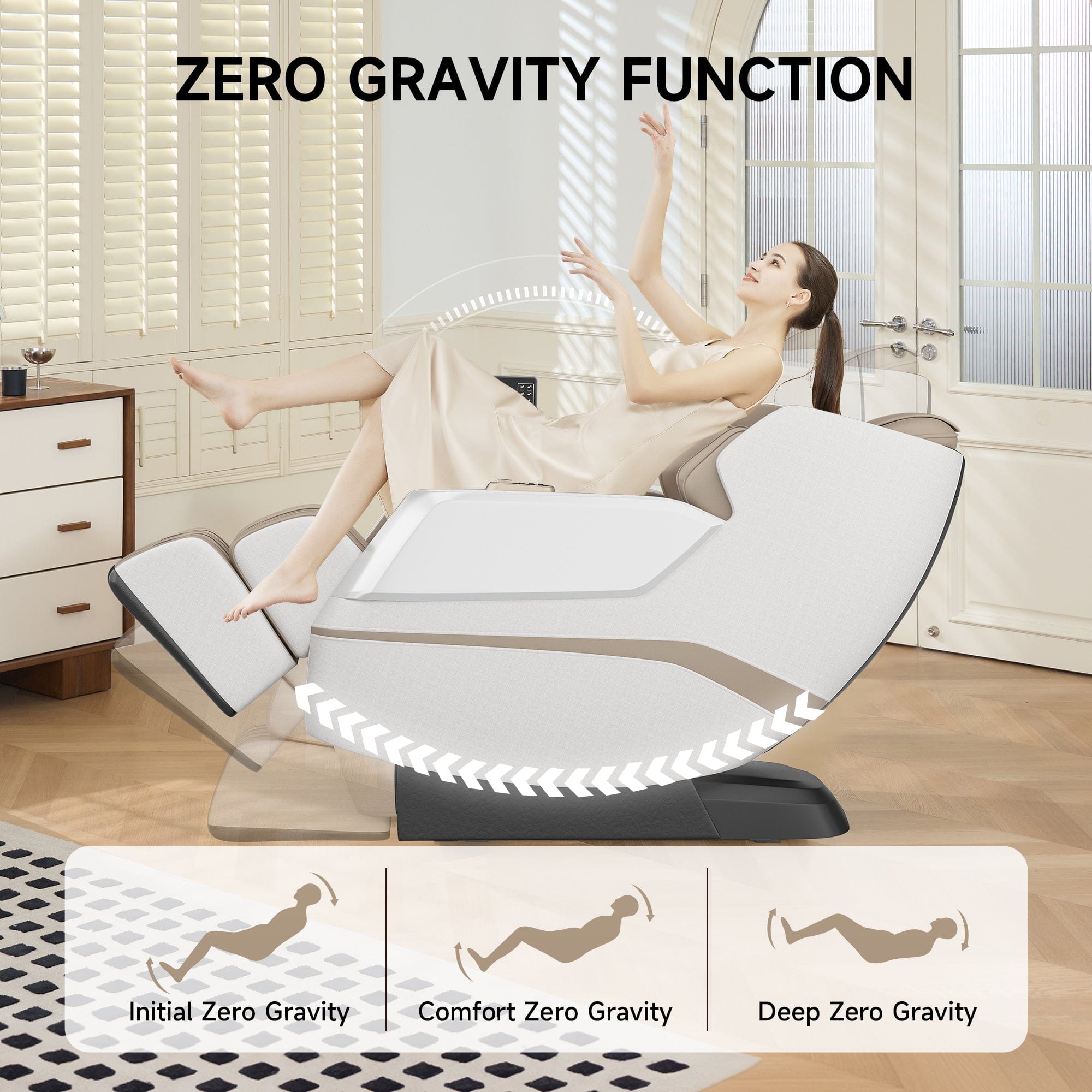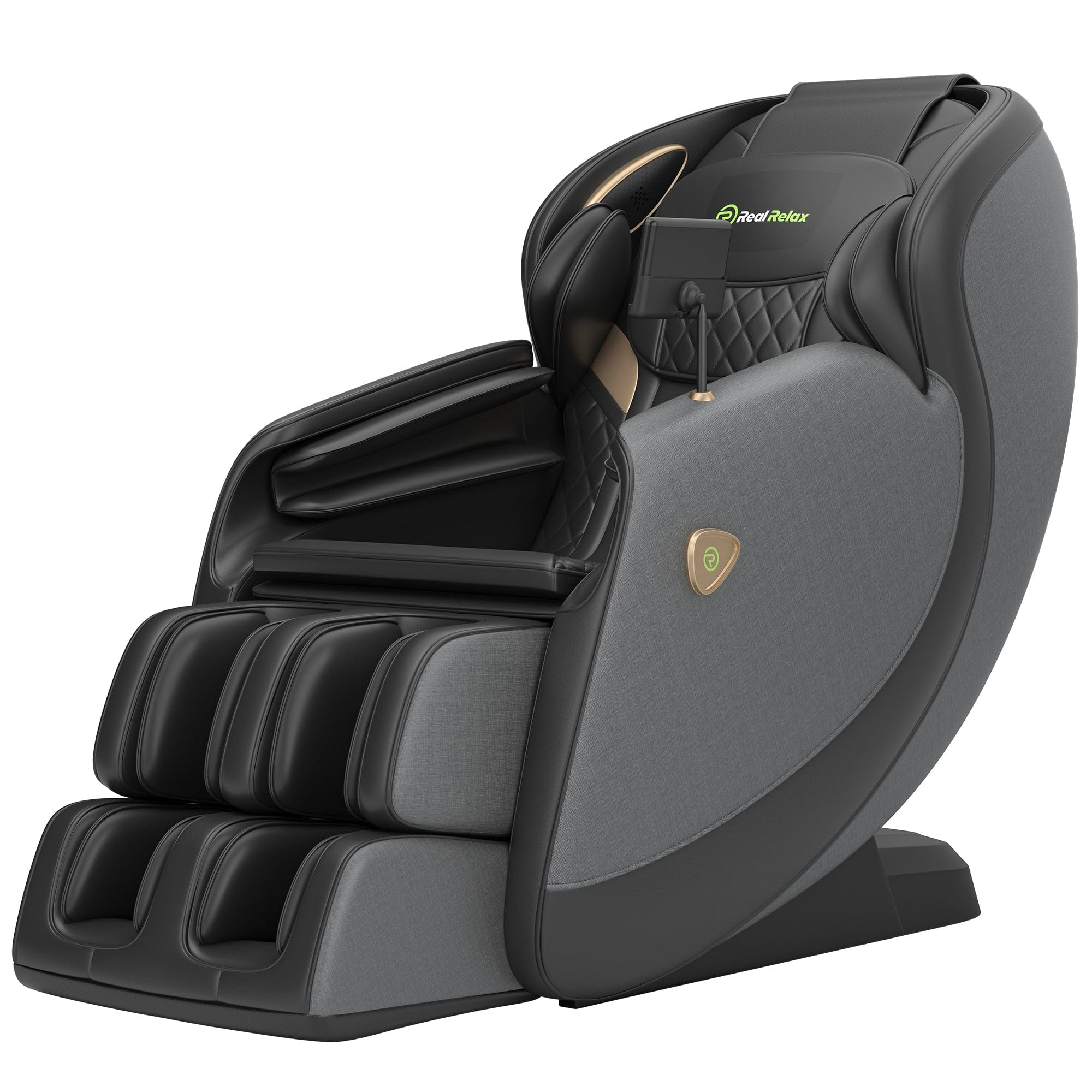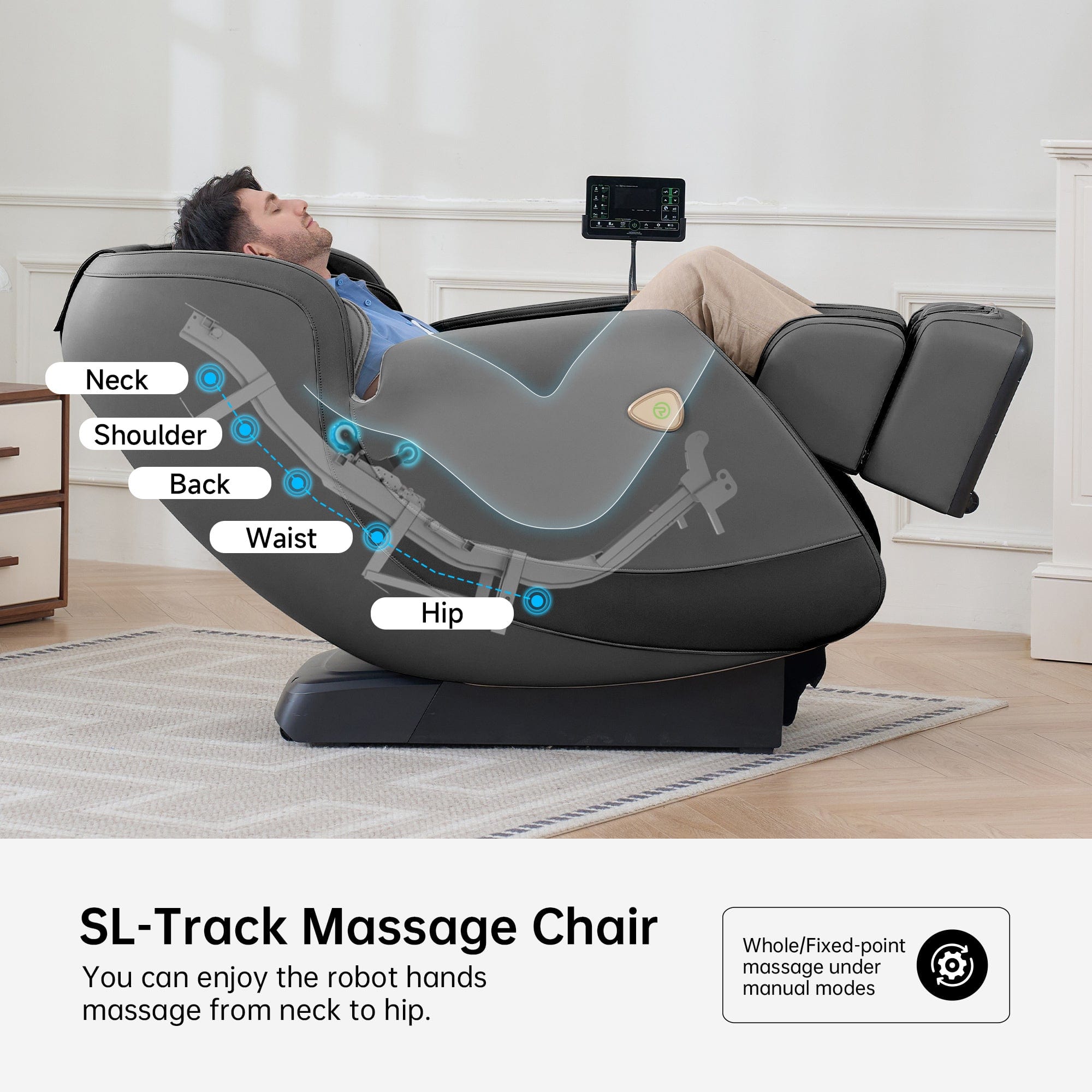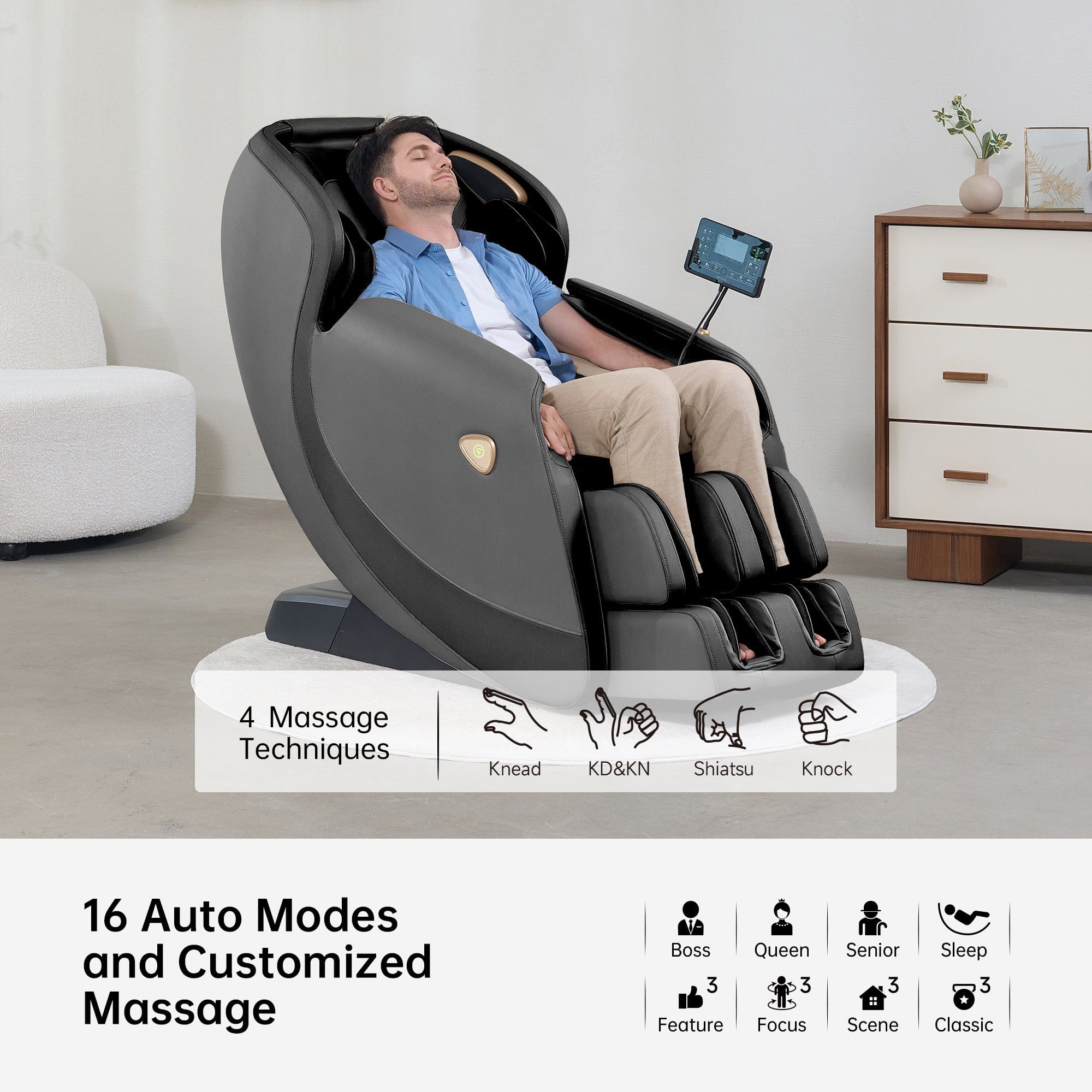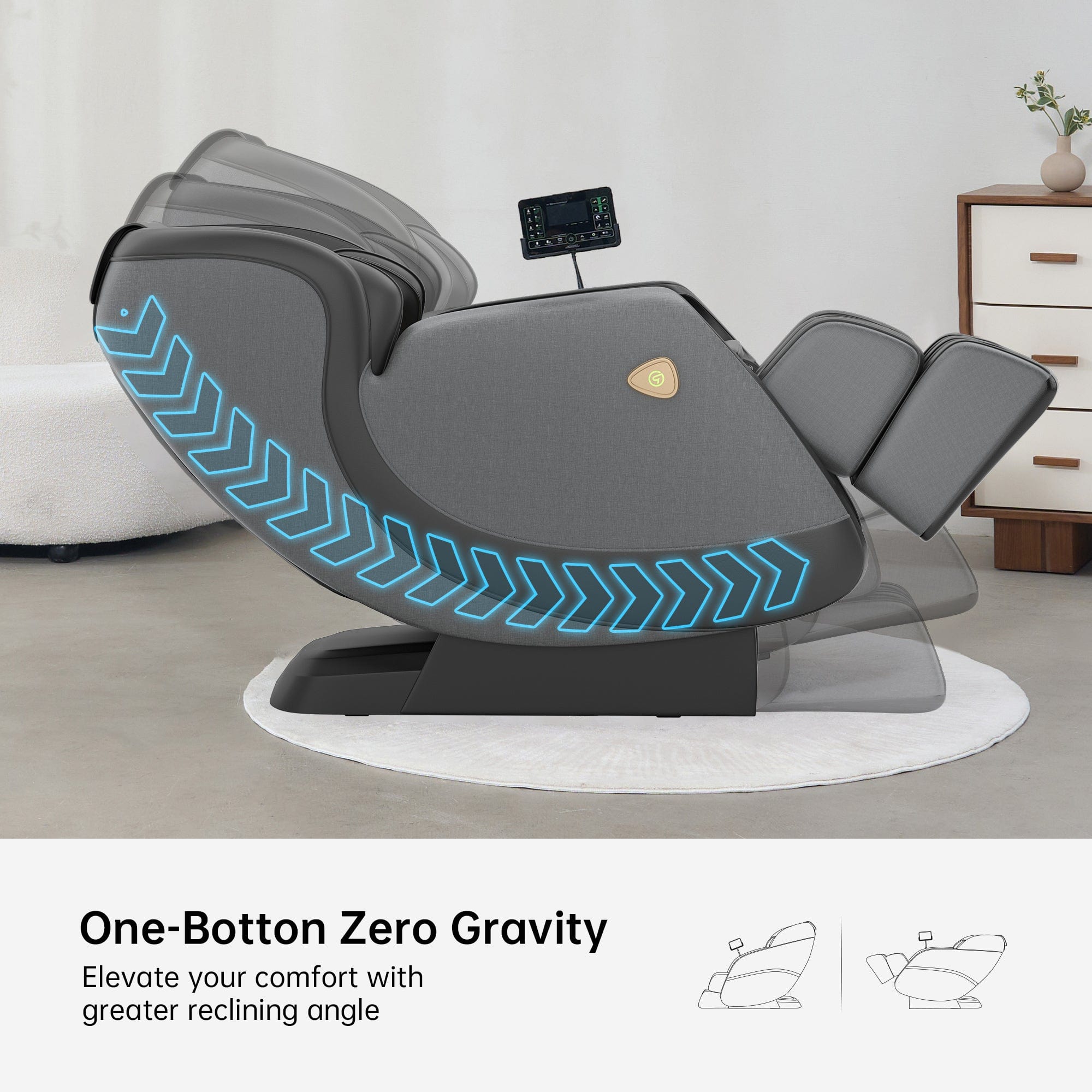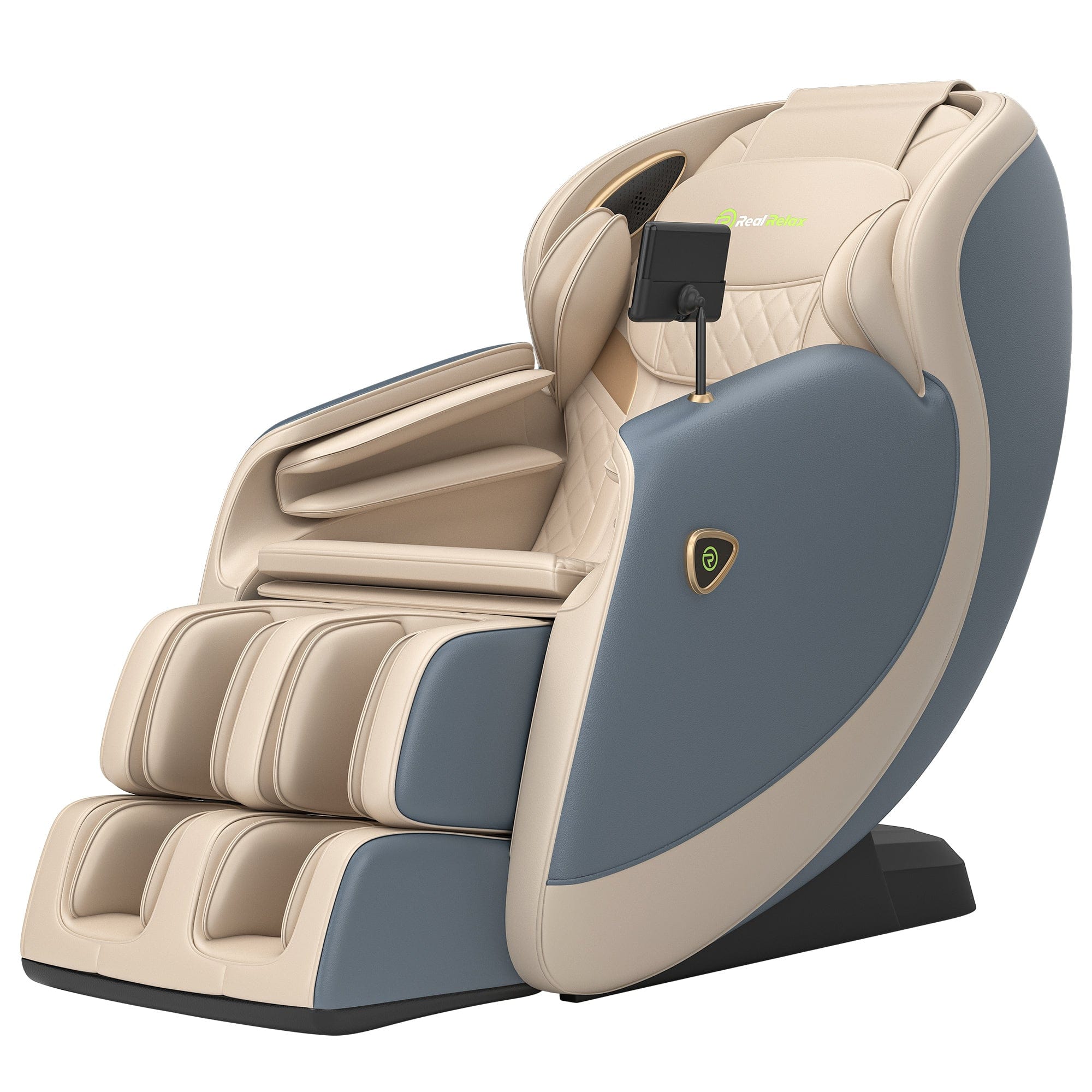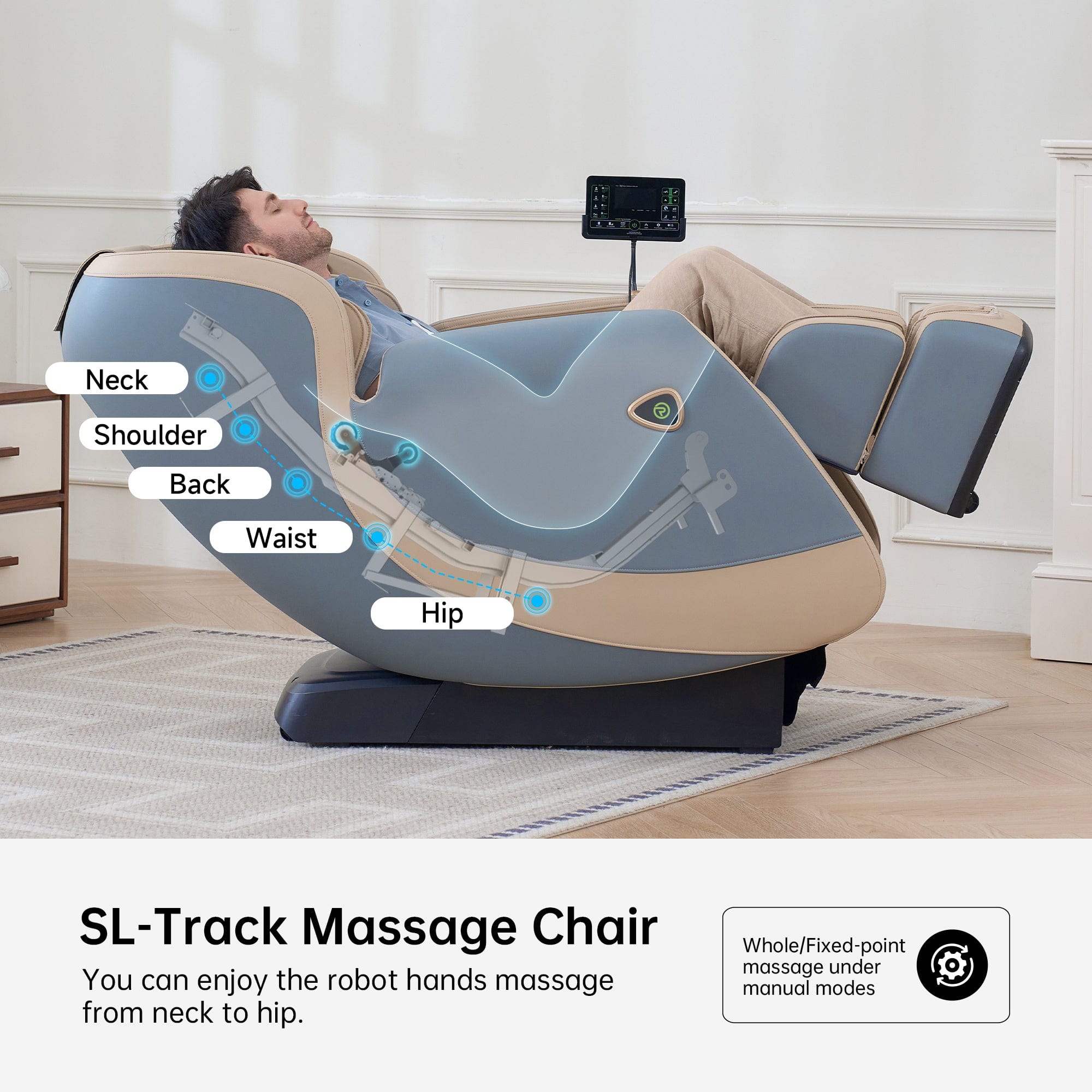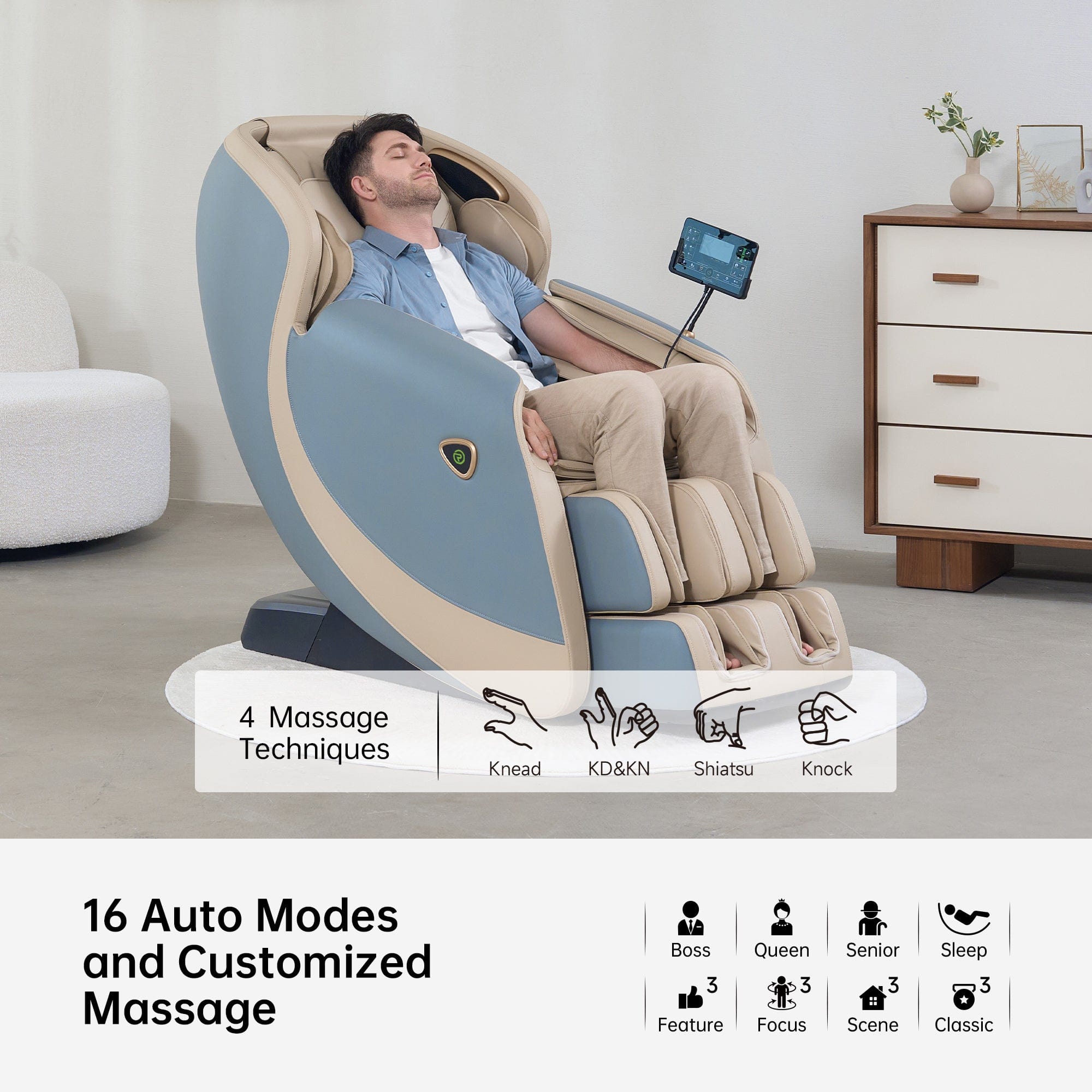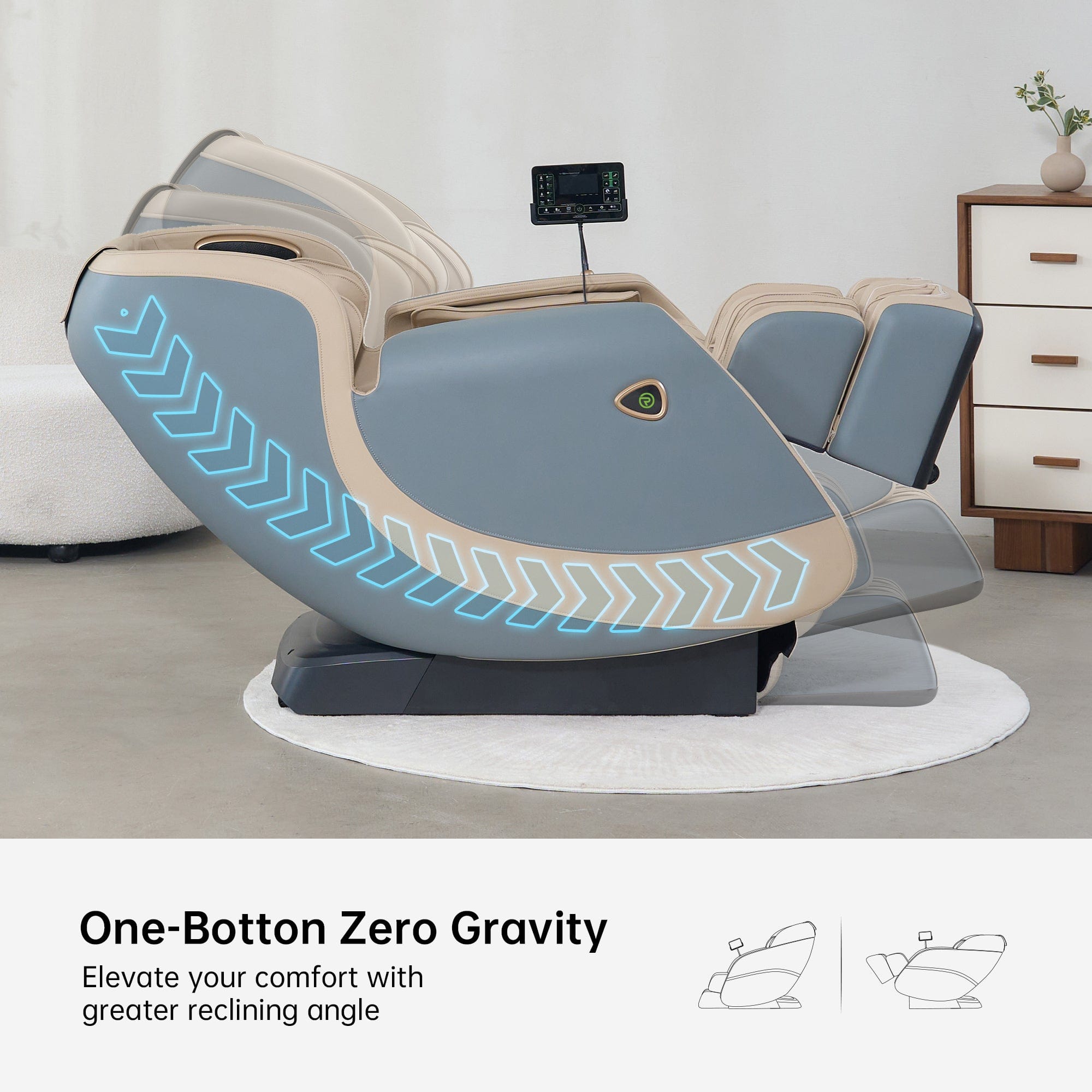Living with lupus isn’t easy. It’s like your body has a mind of its own some days, and not in a fun way. One minute you’re feeling okay-ish, and the next, your joints hurt, your muscles ache, and you’re wondering if you’ll ever feel comfortable again. So it makes sense that people are looking into things like massage chairs to help ease those Lupus Symptoms. But the big question is—do they actually help?
Yes... but only if you use them the right way.

Why Even Consider a Massage Chair?
Massage chairs sound like a dream when your body is aching. And honestly, they can be helpful in some situations. If you’re not in an active flare-up and you’re careful about how you use them, these chairs can give you a bit of relief.
1. Muscle Relief on Milder Days
Lupus often brings along stiffness and soreness in muscles and joints, even when you’re not in full-on flare mode. A heat and massage chair can help ease that tight, achy feeling—especially in areas like the shoulders, back, and thighs.
The combo of gentle warmth and soft vibration can help those muscles let go of some tension. But it’s key to use it only when you're not experiencing swelling or skin rashes in the area.
🔹 Hot tip (literally): Stick with low heat (under 40°C) and avoid any deep-tissue or pounding massage settings. Think “gentle hug” not “karate chop.”
The Feel-Good Bonus: Mental Chill Time
It’s not just about the body—your brain needs a break, too. Chronic illness like lupus comes with stress, and stress can actually make Lupus Symptoms worse. That’s where the mental side of using a massage therapy chair kicks in.
Even just 10-15 minutes in a calm, cozy chair can help reduce stress hormones like cortisol. It’s not magic, but that little bit of calm might help your body stop sounding the alarm bells for a while.
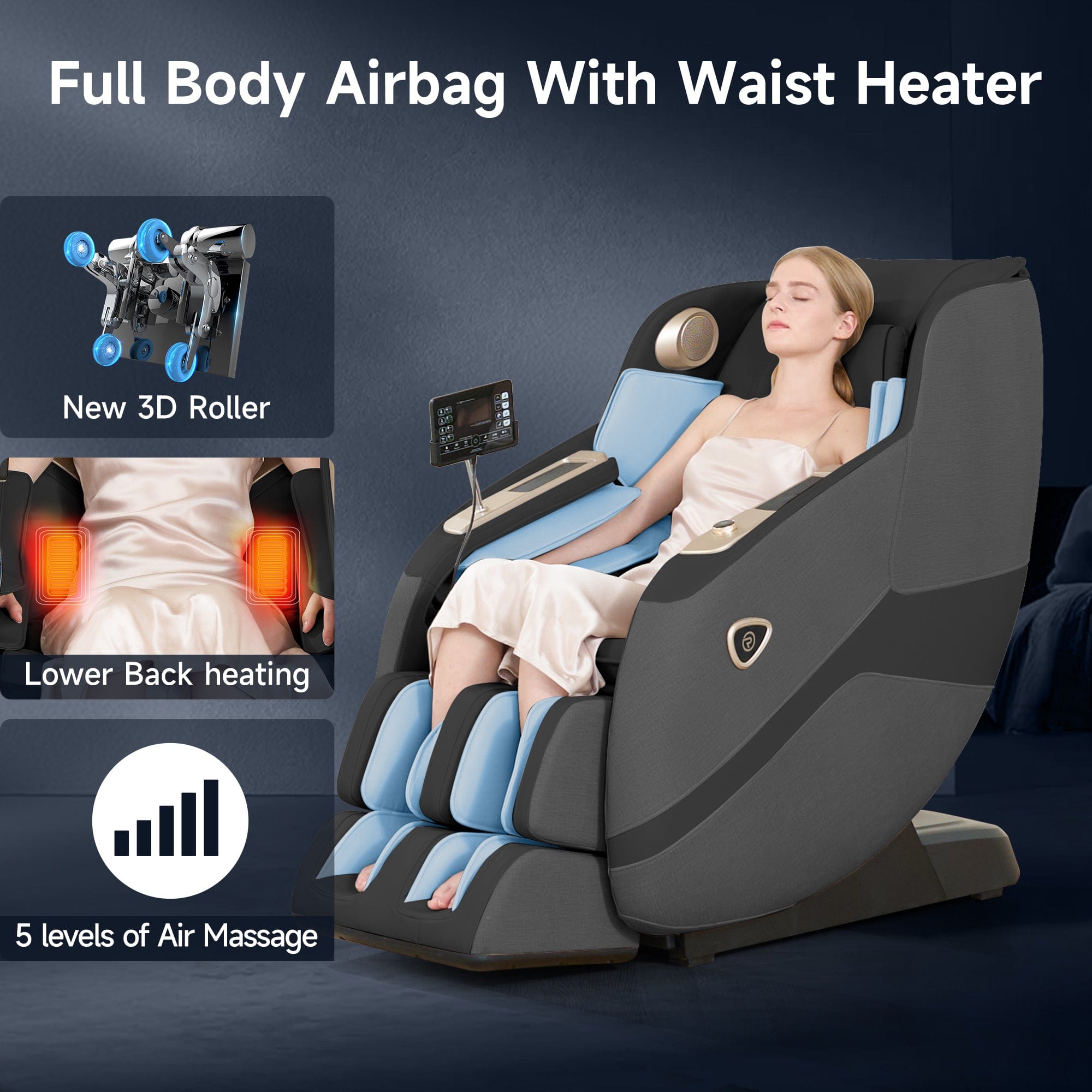
Real Relax PS5100 4D Massage Chair
Blood Flow Boost? Possibly
If you’ve been laying low due to fatigue or pain (totally fair), you might be dealing with sluggish circulation. Some full body massage chairs, especially ones with air compression features, can help stimulate blood flow—as long as the pressure stays gentle.
We're talking low-level air pressure—level 1 to 3, max. Anything too strong might do more harm than good, especially if you have any underlying issues like blood clot risks or swelling.
But Here’s the Deal—Massage Chairs Aren’t Always Safe
This part’s super important. A massage chair isn’t for everyone with lupus, and sometimes it can be a flat-out no-go.
Here are a few situations where you definitely should not use one:
During an Active Flare-Up
If you’ve got a rash, joint inflammation, or vasculitis (that’s inflammation of the blood vessels), skip the massage chair. It might make things worse—think increased skin damage or triggering a clot risk.
If You Have Fragile Bones
People with lupus often take steroids long-term, which can lead to things like osteoporosis or even bone death in places like the hips. A strong massage, or even too much pressure, can increase the risk of fractures.
Kidney or Blood Clot Issues
If you’ve been diagnosed with nephrotic syndrome or your doc has told you you’re at high risk for blood clots, steer clear of massage chairs unless your healthcare provider gives the okay.
If You Want to Try It, Do It Smart
If your doctor gives you the green light to try a massage therapy chair, here’s how to keep things safe and comfy:
Stick to Gentle Settings
Use only the softest modes—no deep-kneading, knocking, or percussive stuff. These may feel good on healthy folks, but they’re too much for lupus-prone bodies.
Limit Your Time
Keep each session to 10 minutes max. And only once a day, if that. If you start feeling tired or lightheaded—stop immediately.
Use a Tilted or “Zero Gravity” Position
Some of the best home massage chairs, like the ones from Real Relax, come with a zero-gravity recline feature. This puts your body in a nice, supported position that reduces joint pressure - without lying totally flat (which can make breathing harder for some lupus folks).
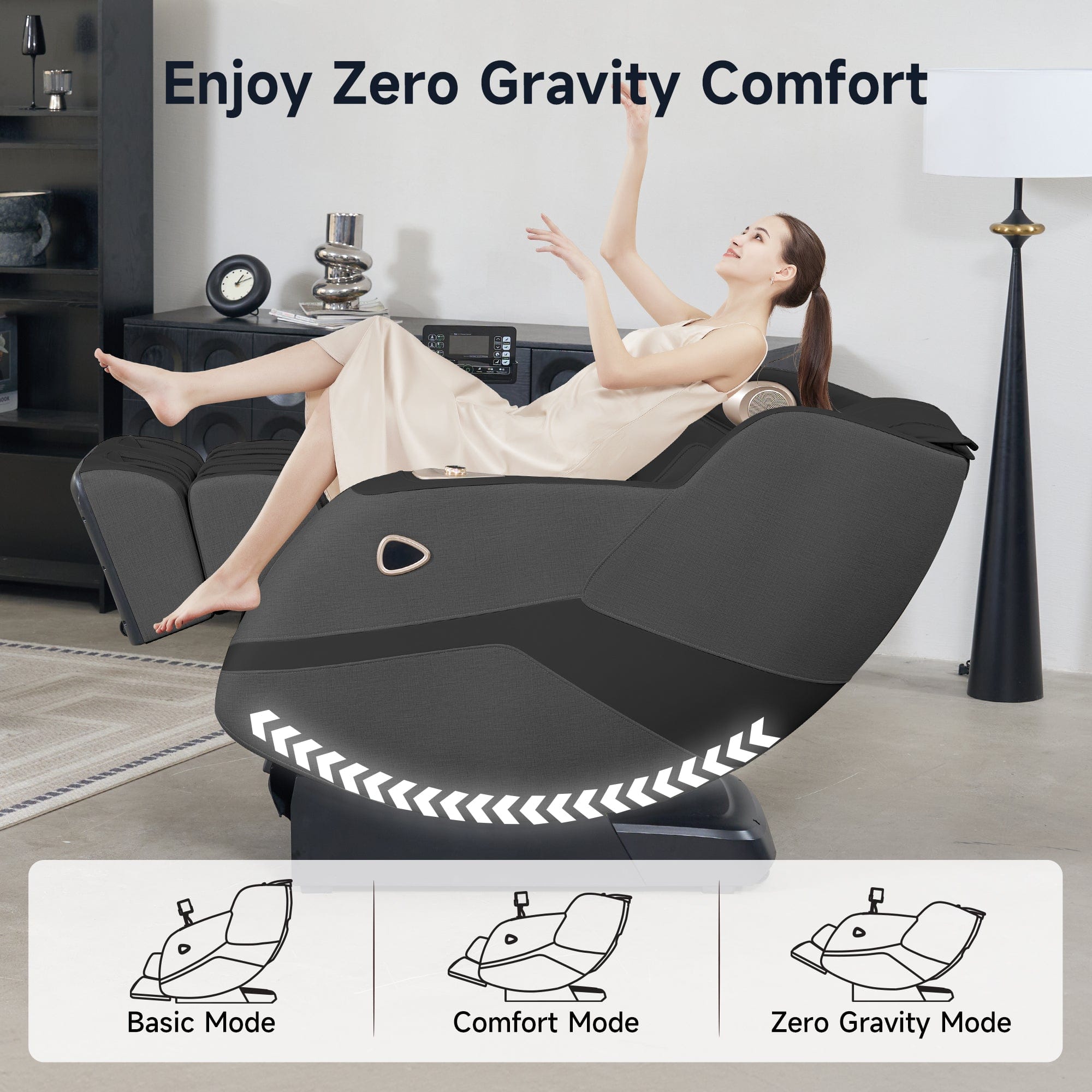
Other (Possibly Better) Options
If a massage chair feels too risky or your doctor isn’t into the idea, there are other ways to get relief from Lupus Symptoms:
-
Warm water therapy: Gentle movement in a heated pool (about 32–34°C) can soothe muscles without the risk of direct pressure.
-
TENS units: These little gadgets deliver low-level electrical pulses to help manage pain. Just make sure to get one with a personalized setup from a rehab specialist.
-
Physical therapy massage: A trained therapist who knows about lupus can do wonders with hands-on care, and they’ll know exactly what areas to avoid.
What to Look for If You're Buying One
If your doc gives the thumbs-up and you’re in the market for a full body massage chair, here are a few things to keep in mind:
-
Gentle heat settings (preferably under 40°C)
-
Low-speed vibration
-
Zero-gravity or adjustable reclining
-
Air compression with low intensity
-
No aggressive massage rollers or pounding functions
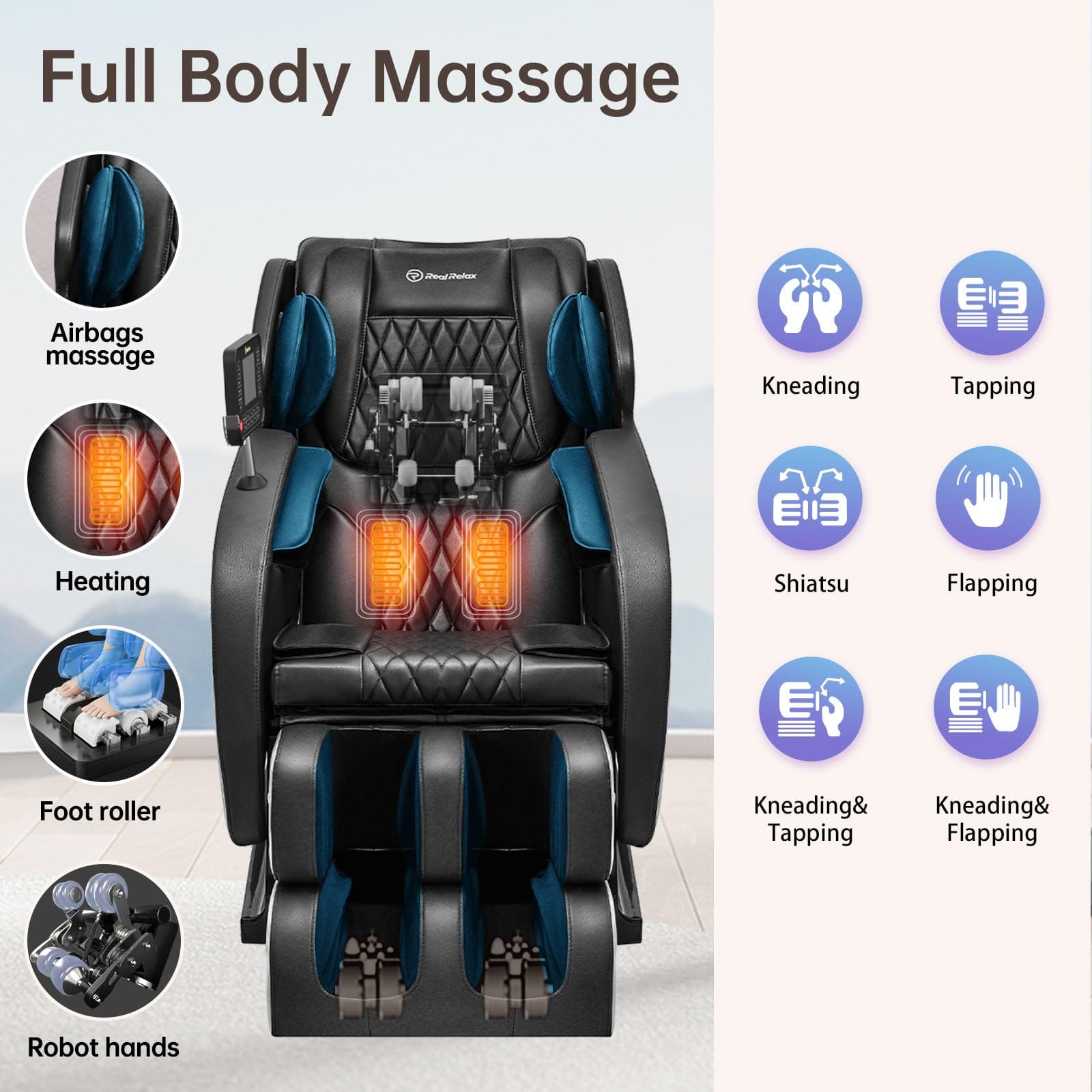
Real Relax Favor-05 3D Massage Chair
Brands like Real Relax are popular for at-home use because they’re affordable and have customizable settings that let you stay in control. But again—talk to your doctor first. Always.
So can a massage chair help with Lupus Symptoms?
Yeah—it can. But only when used carefully, and only under certain conditions. It’s not a magic solution, and it definitely isn’t for everyone. But if your symptoms are mild, you're not flaring up, and your doctor gives you the go-ahead, a heat and massage chair could offer a little more comfort on those rougher days.
Just remember—listen to your body, take it slow, and when in doubt, always check with your healthcare team. Comfort is great, but safety comes first.



